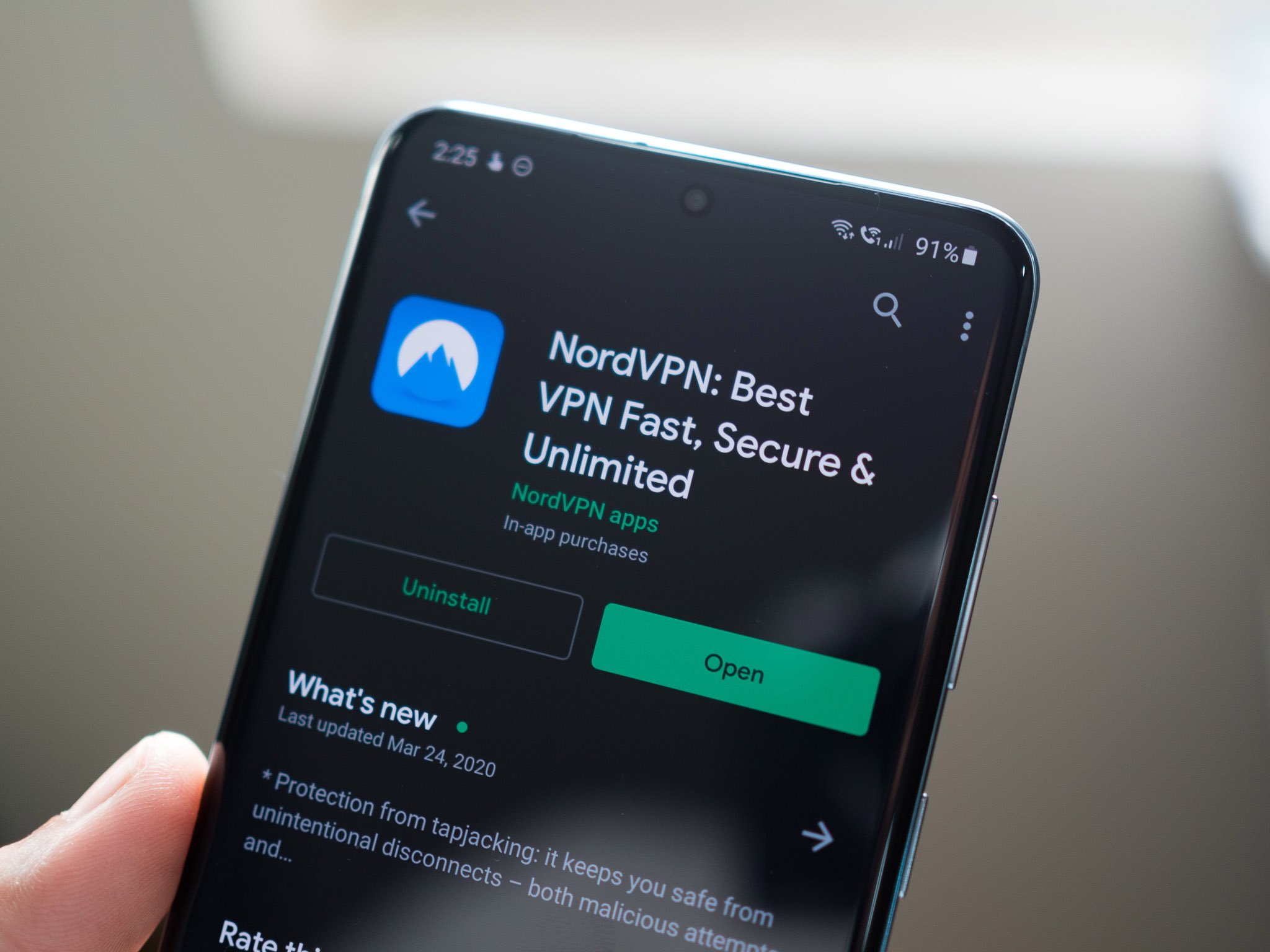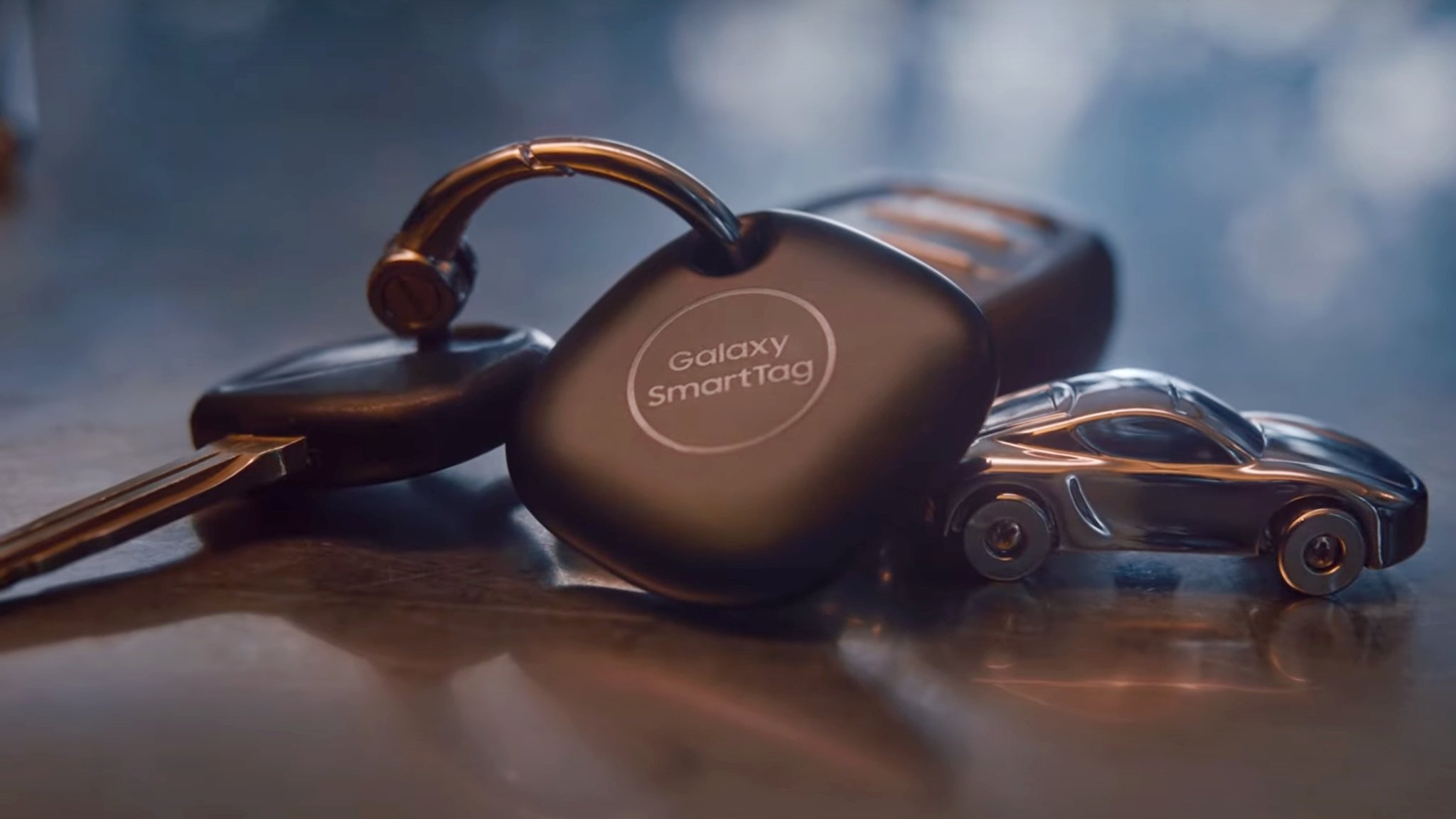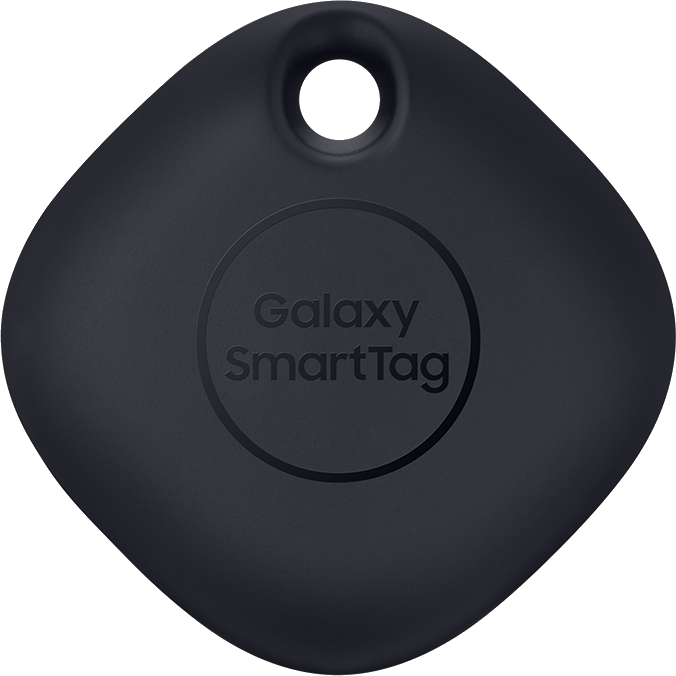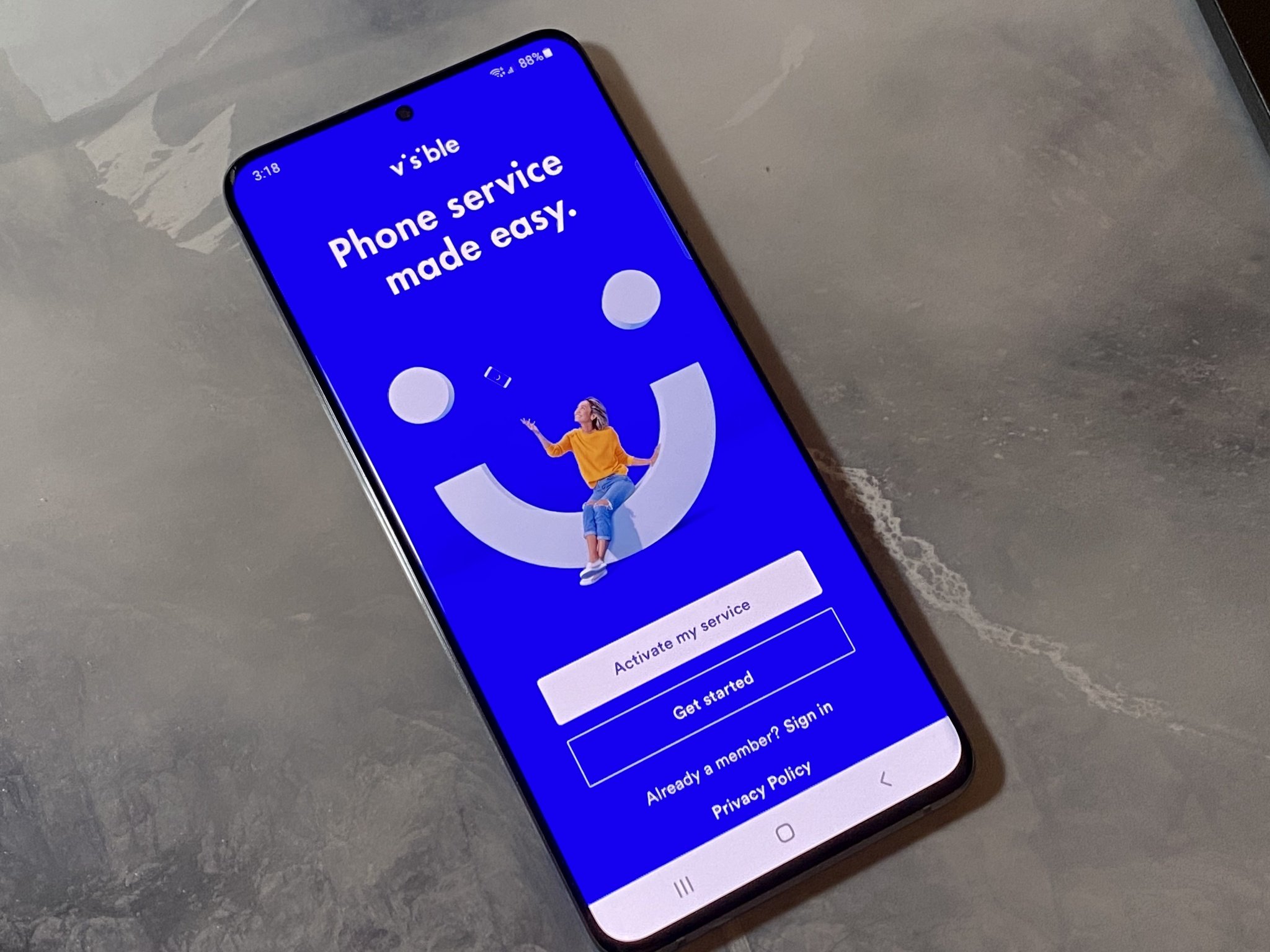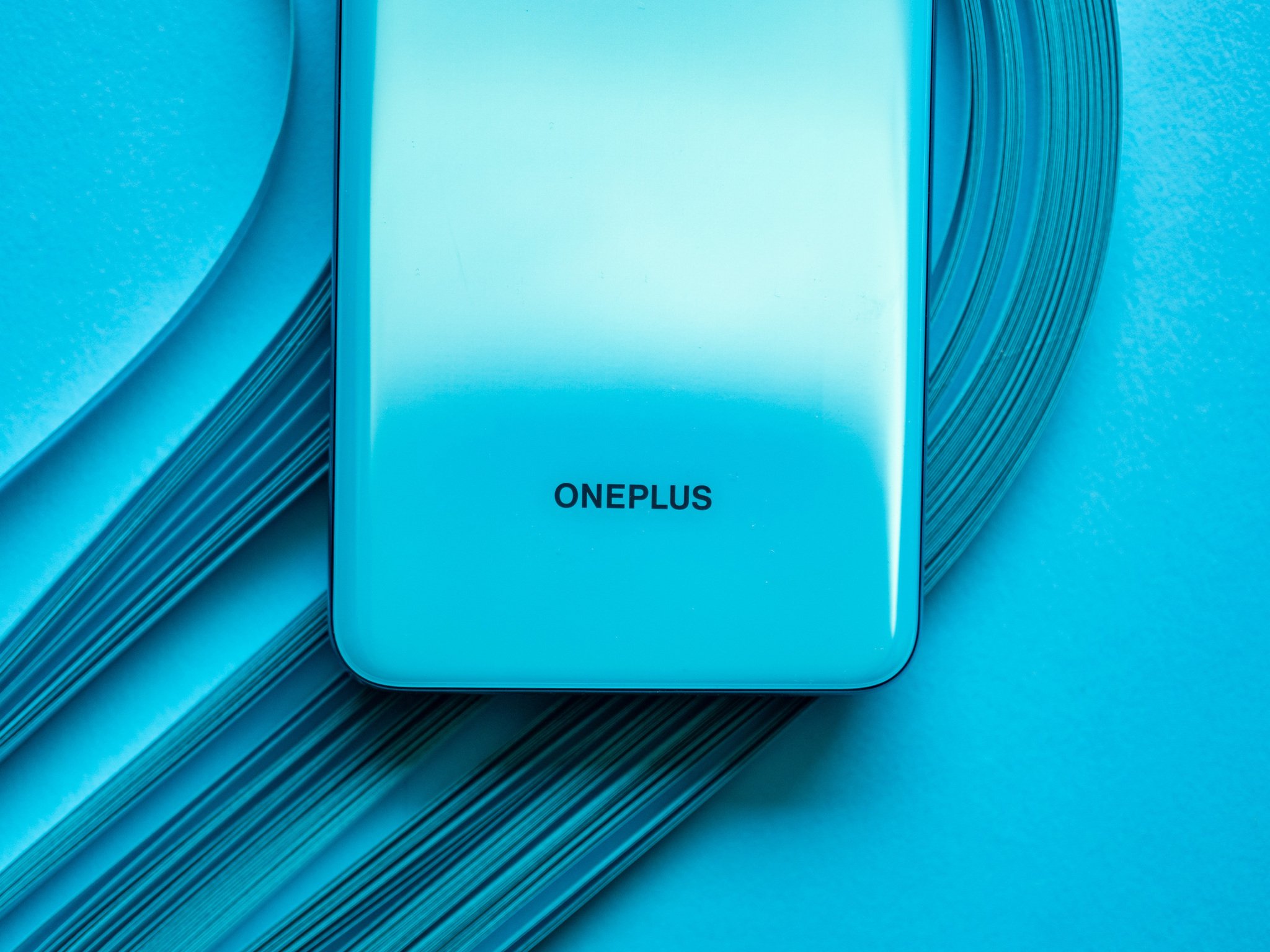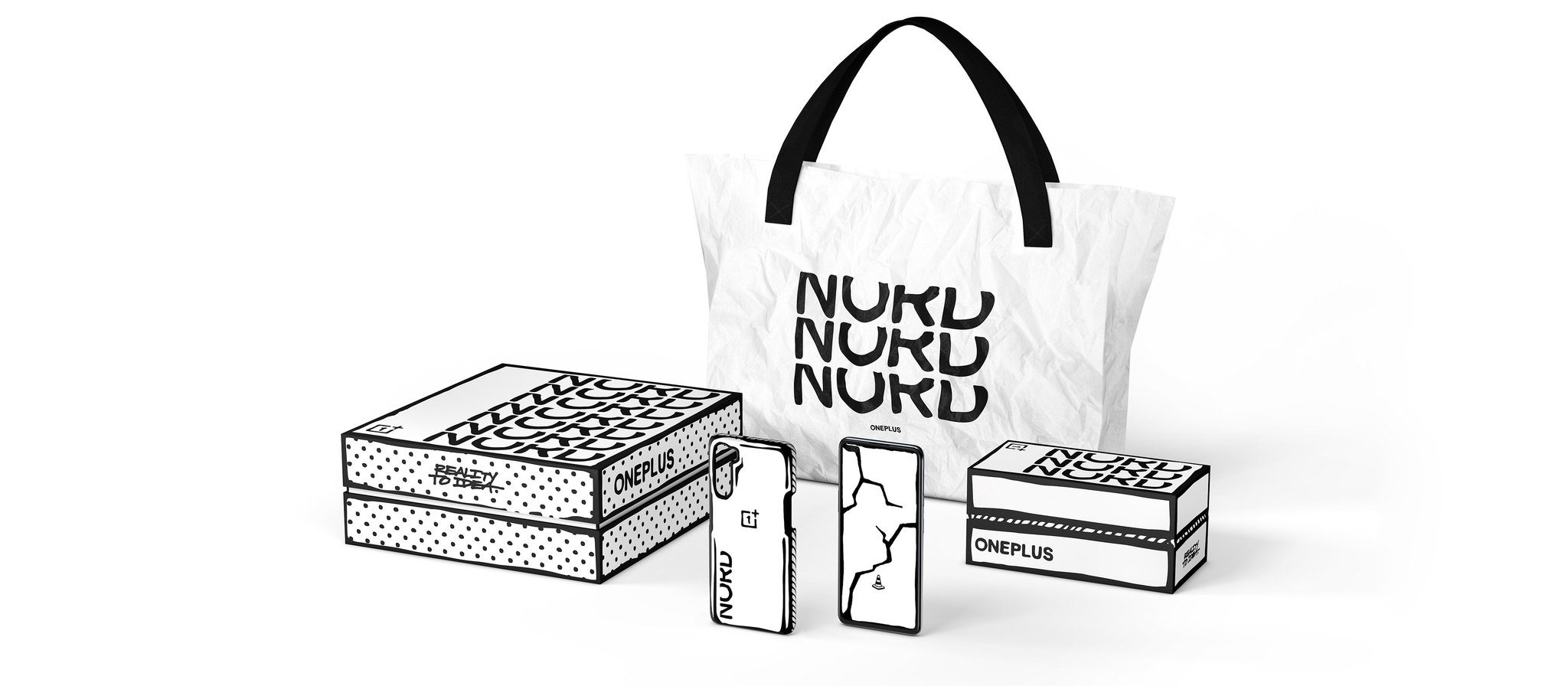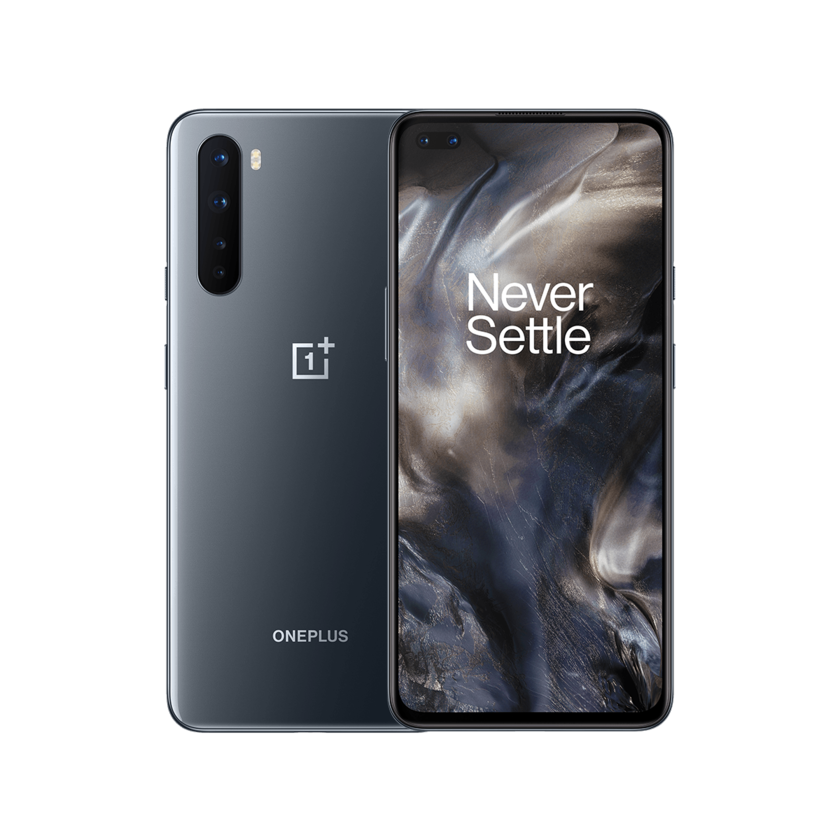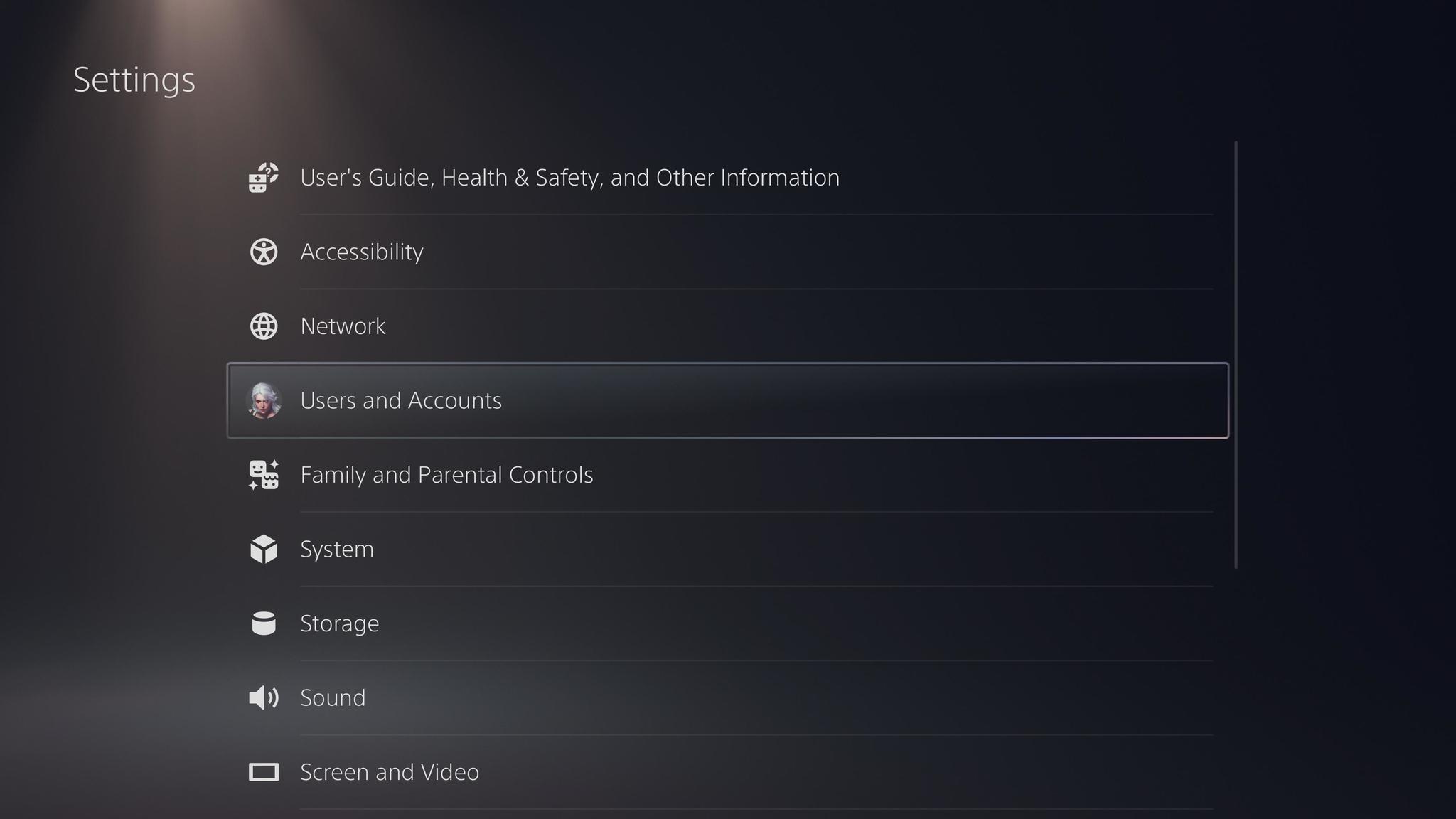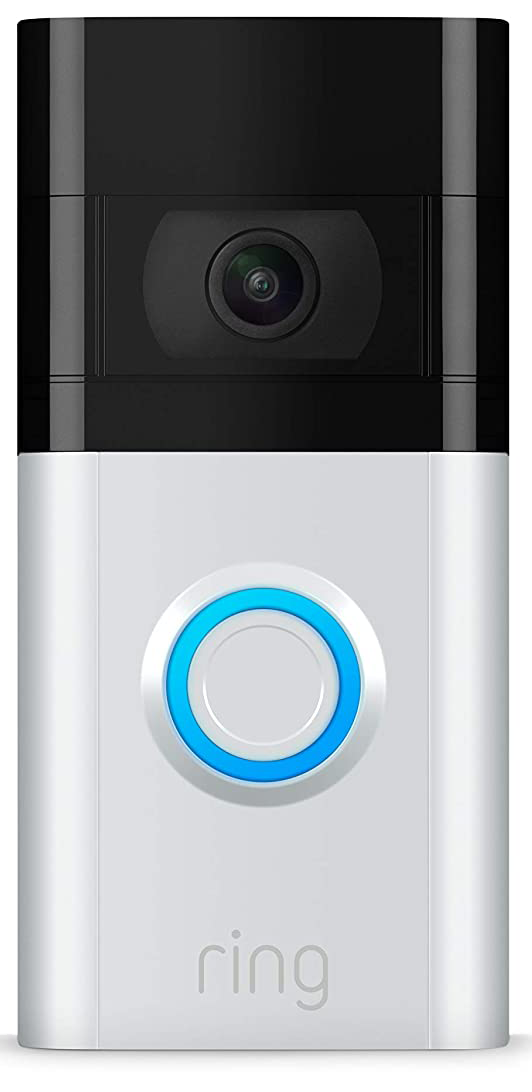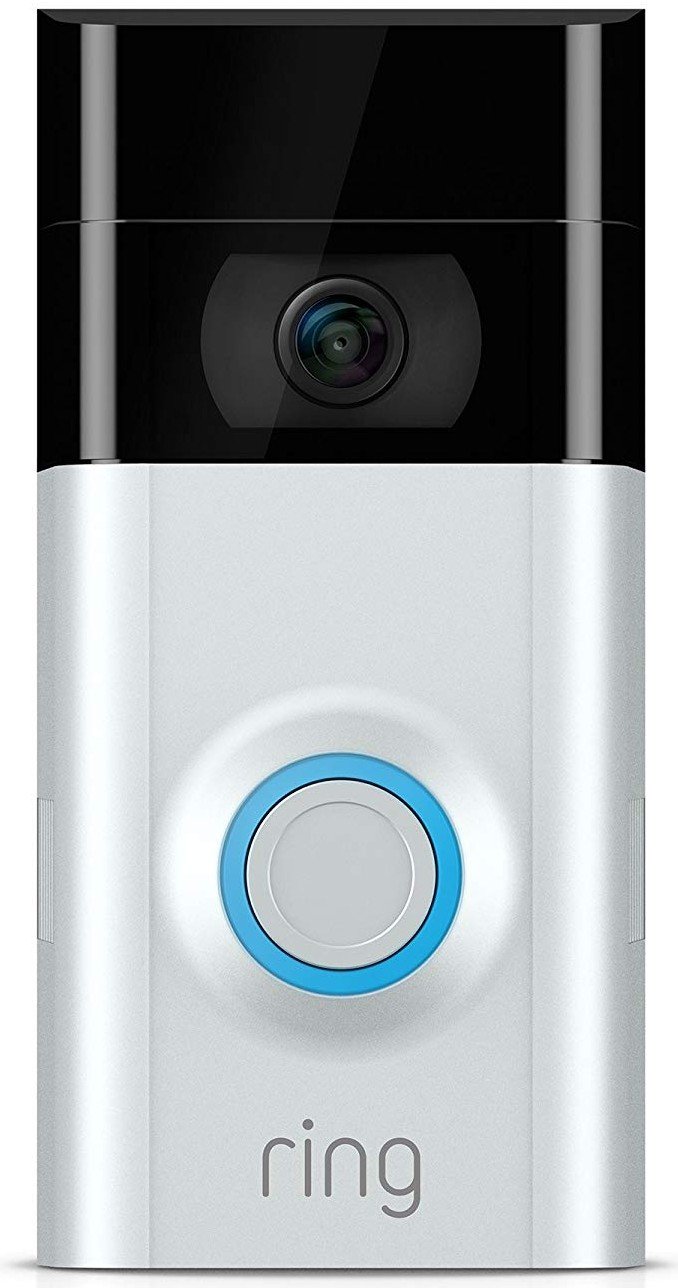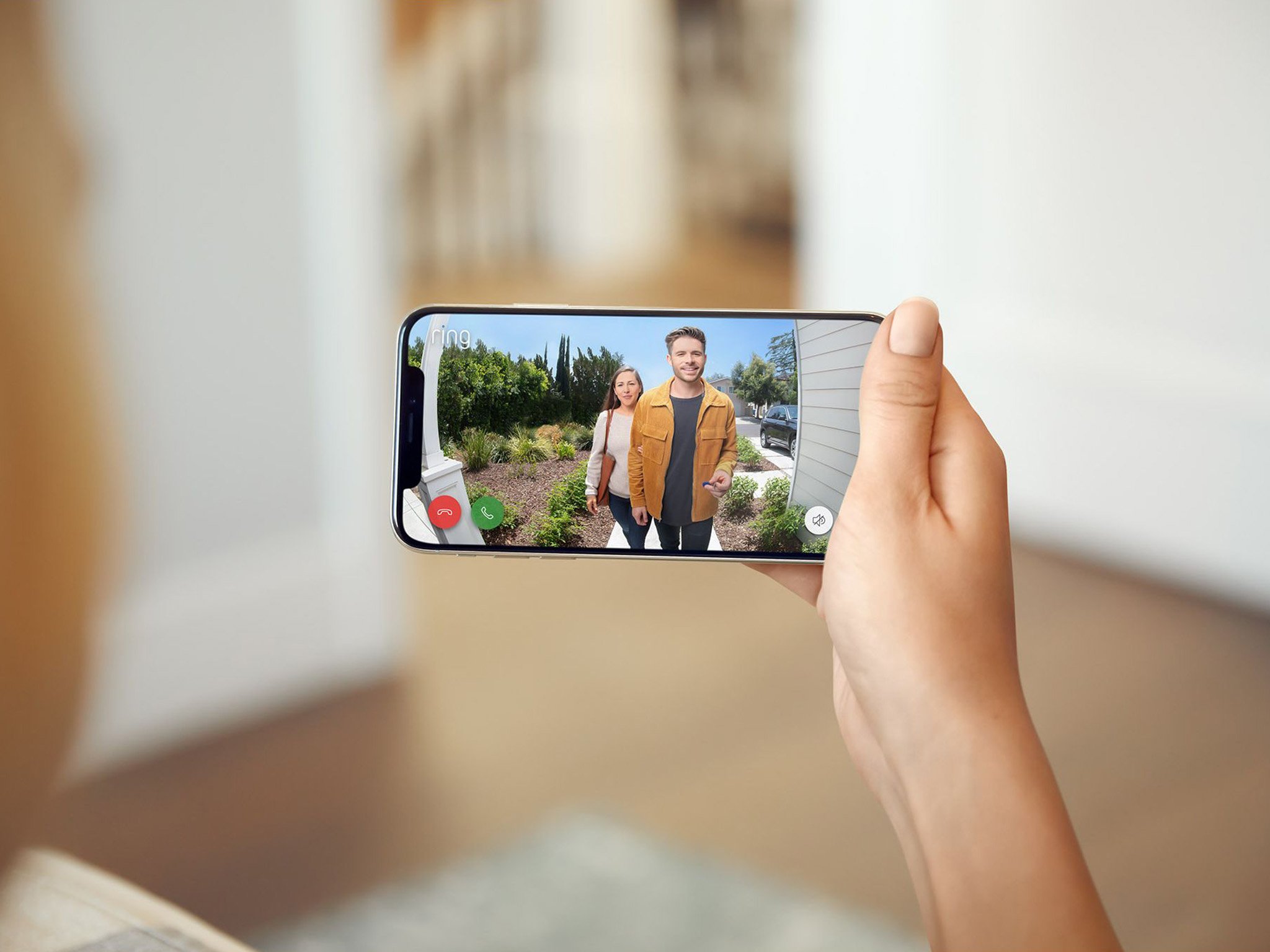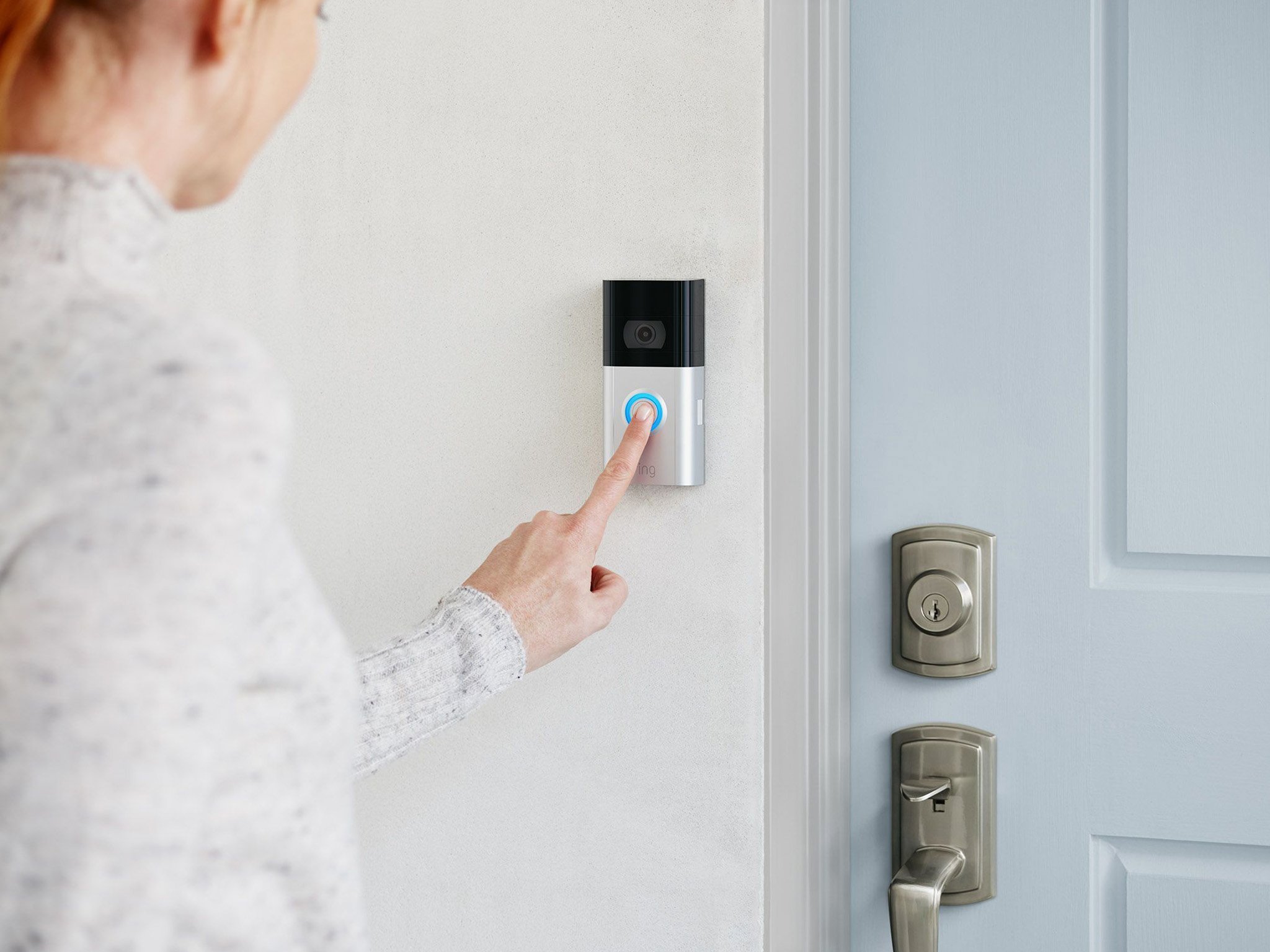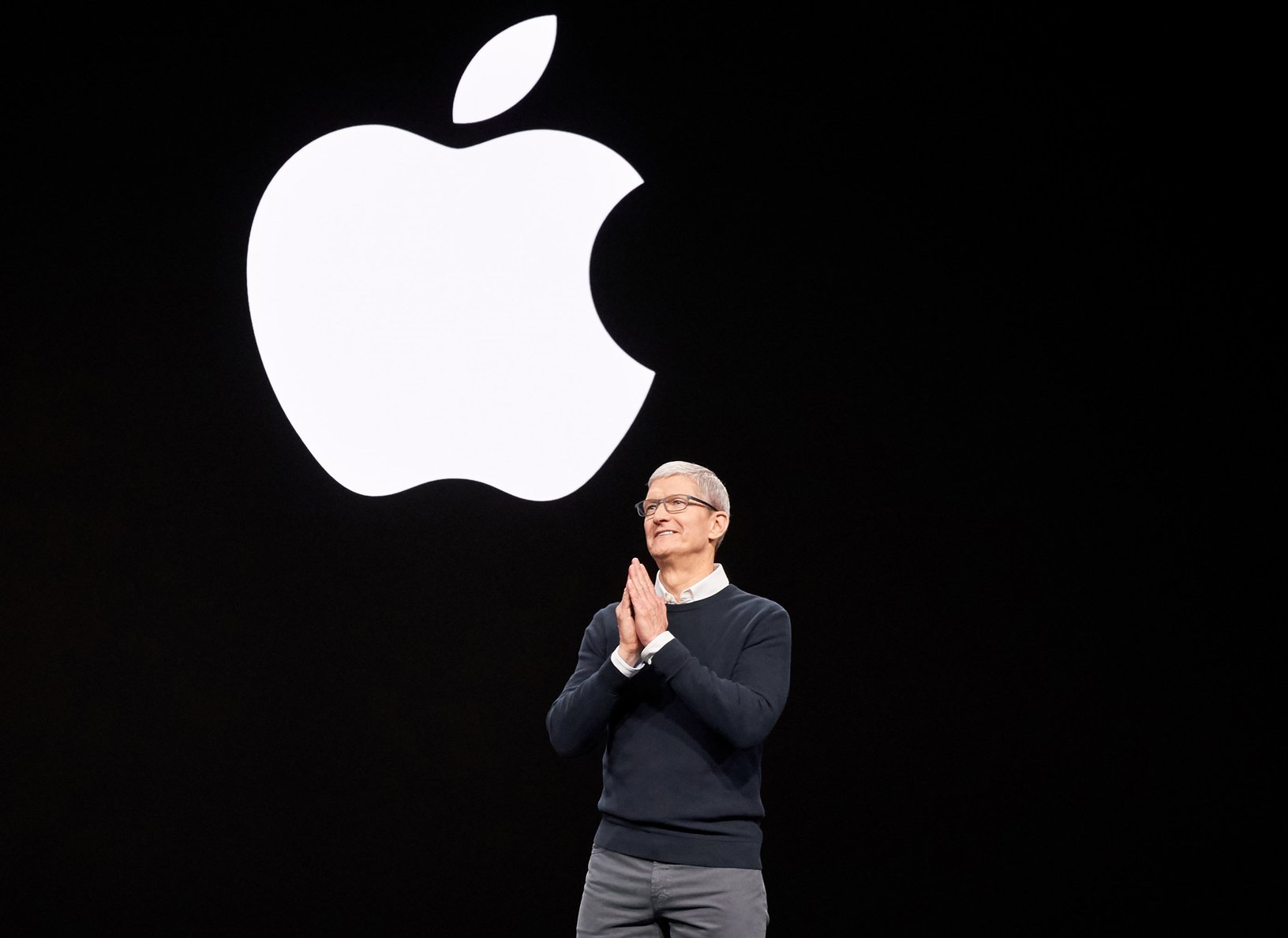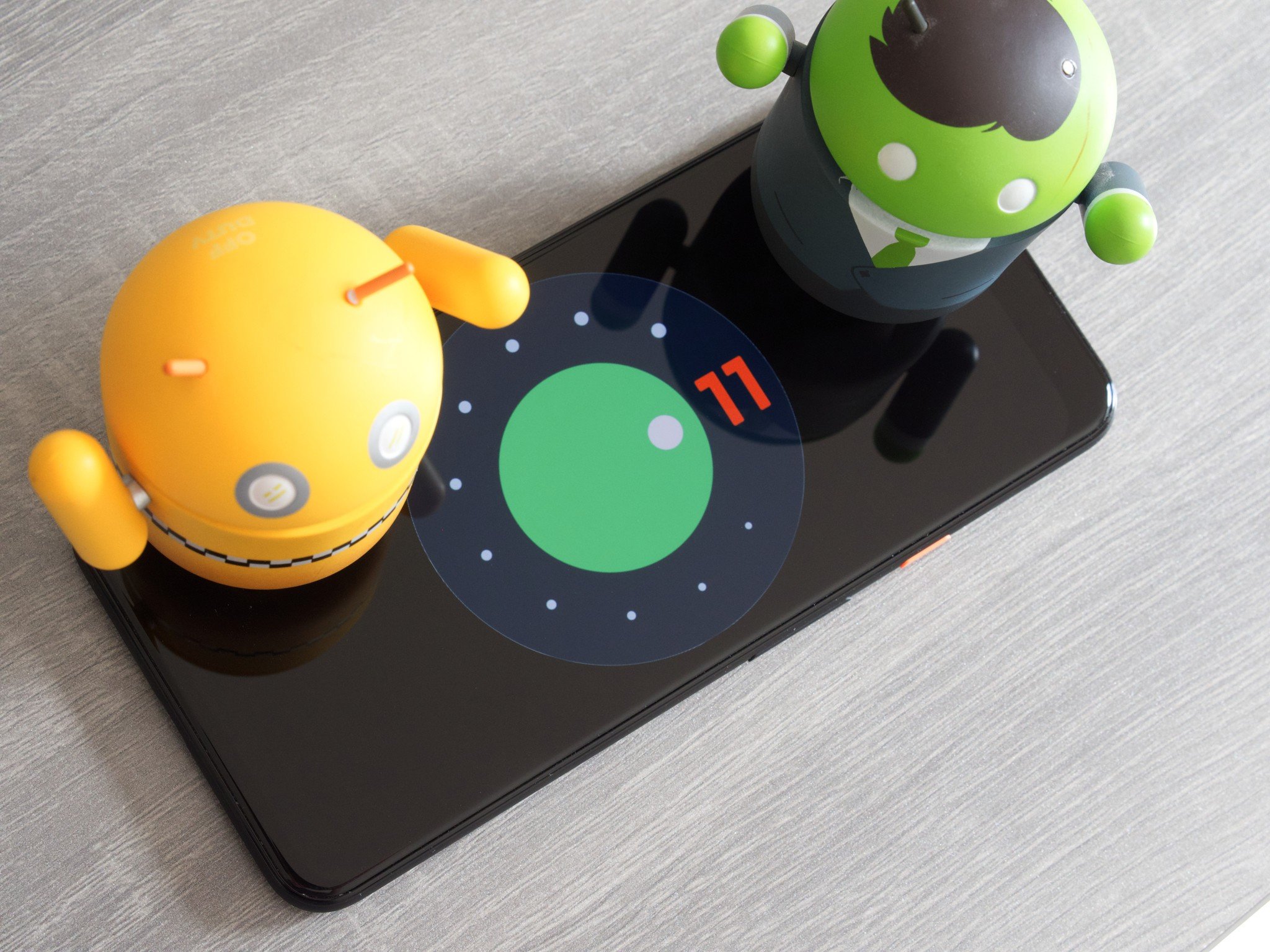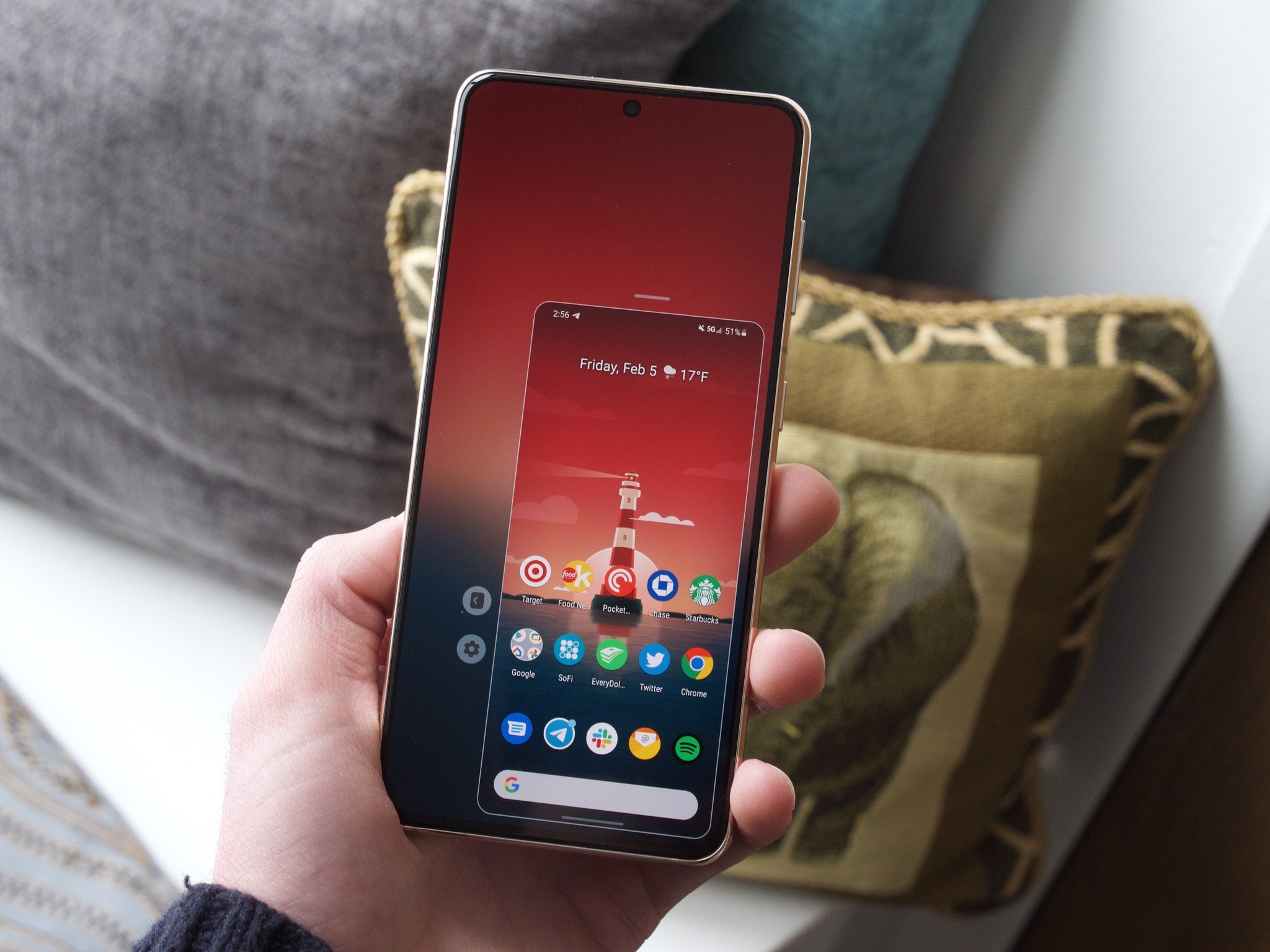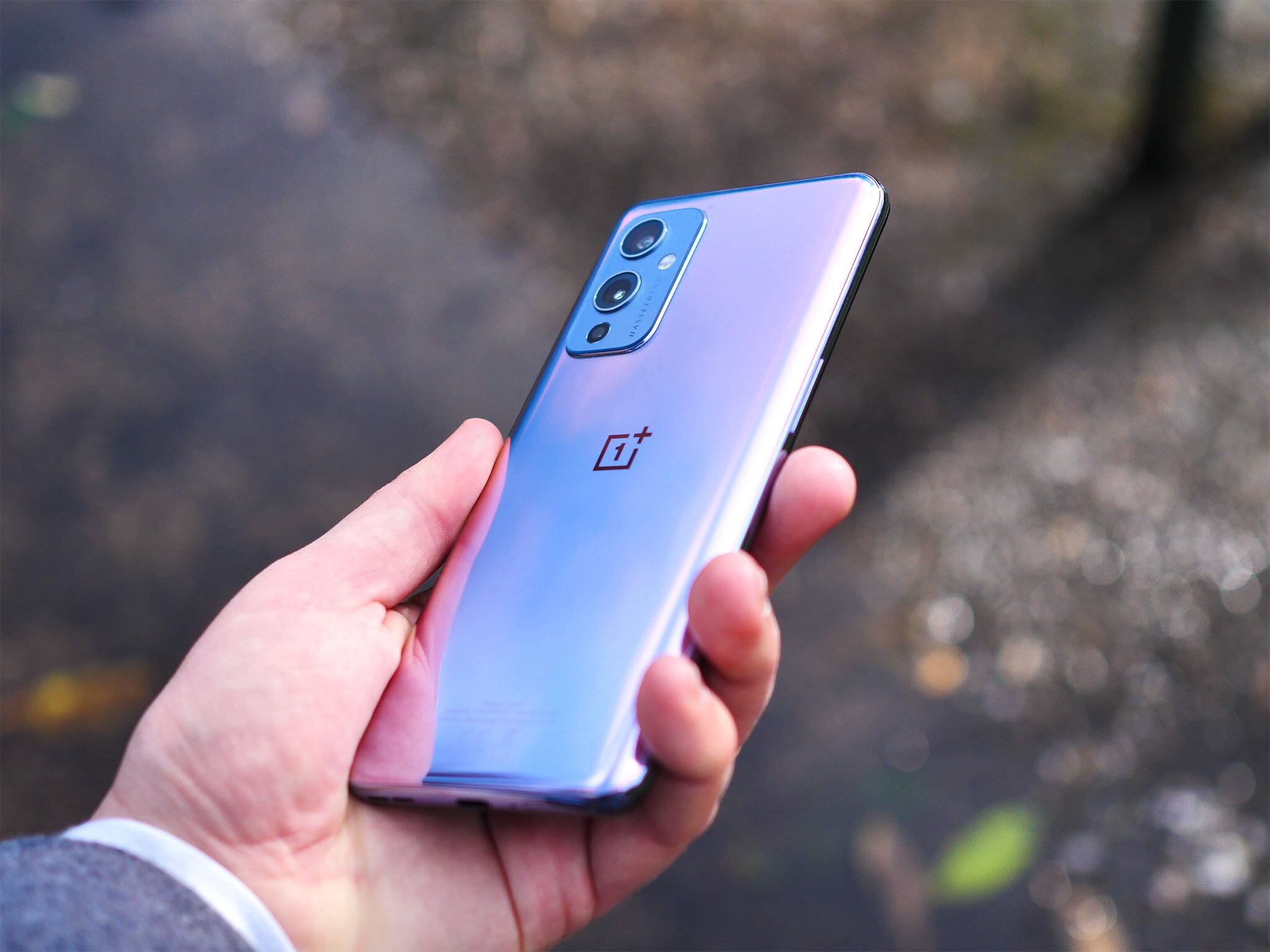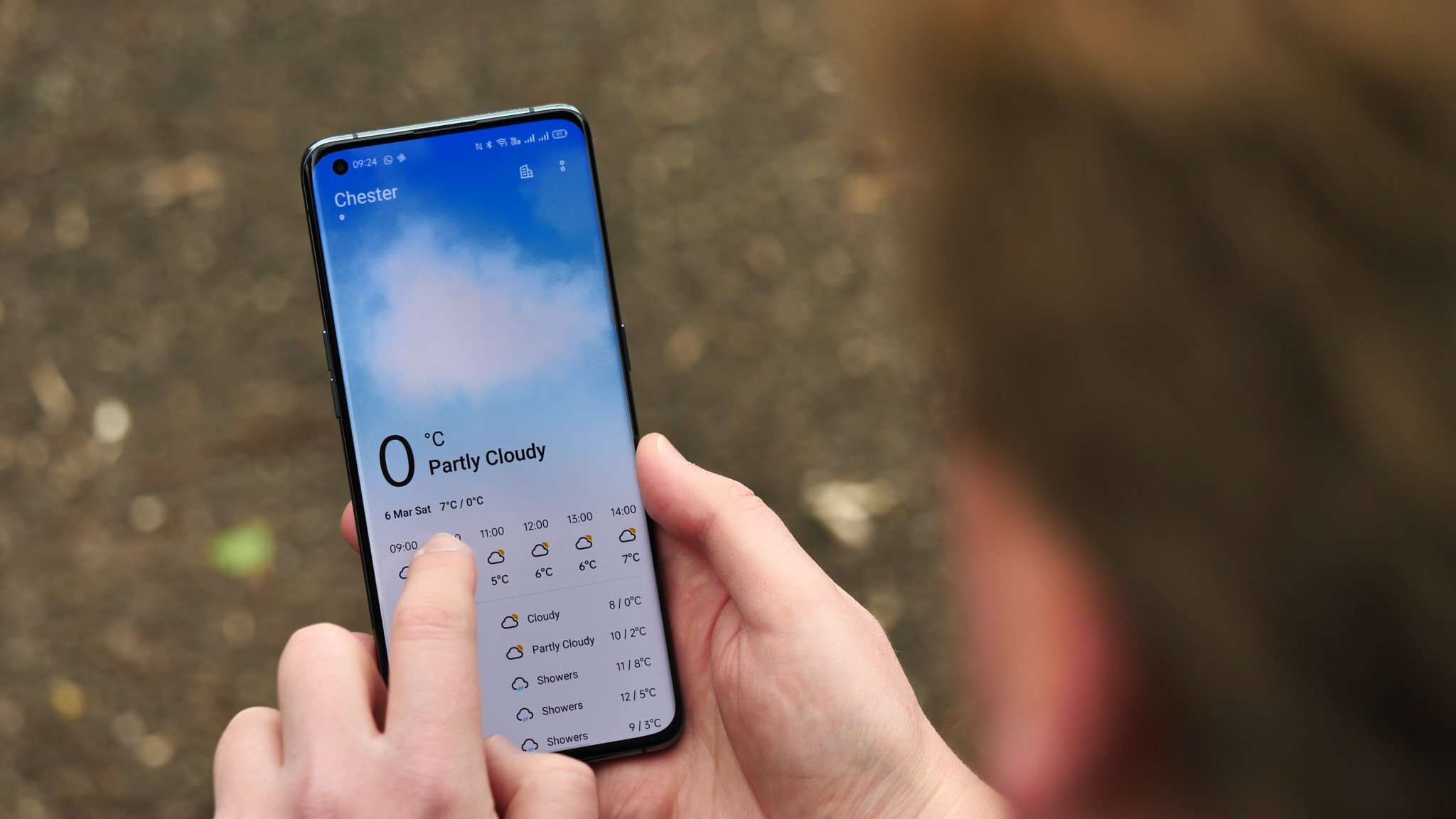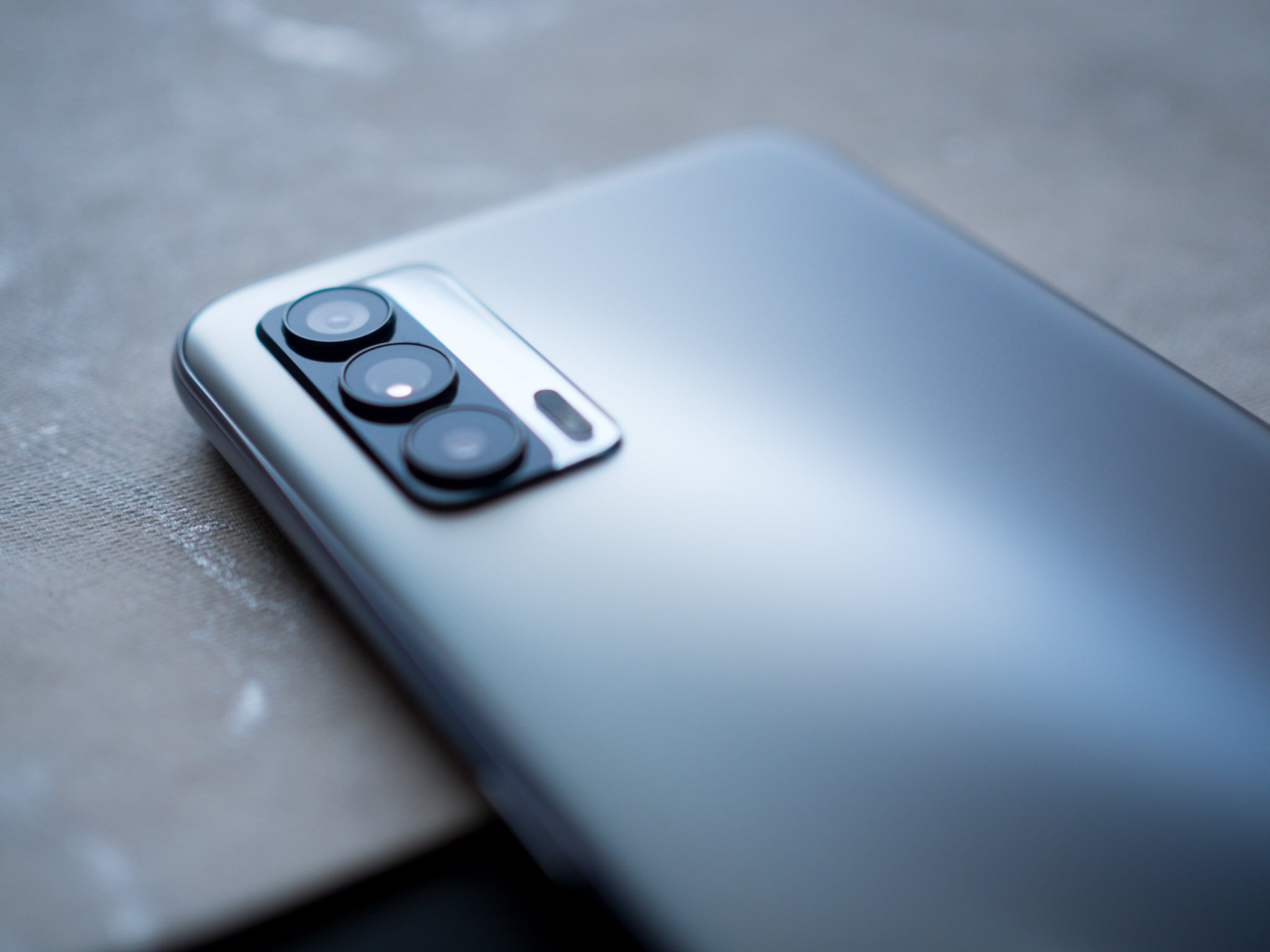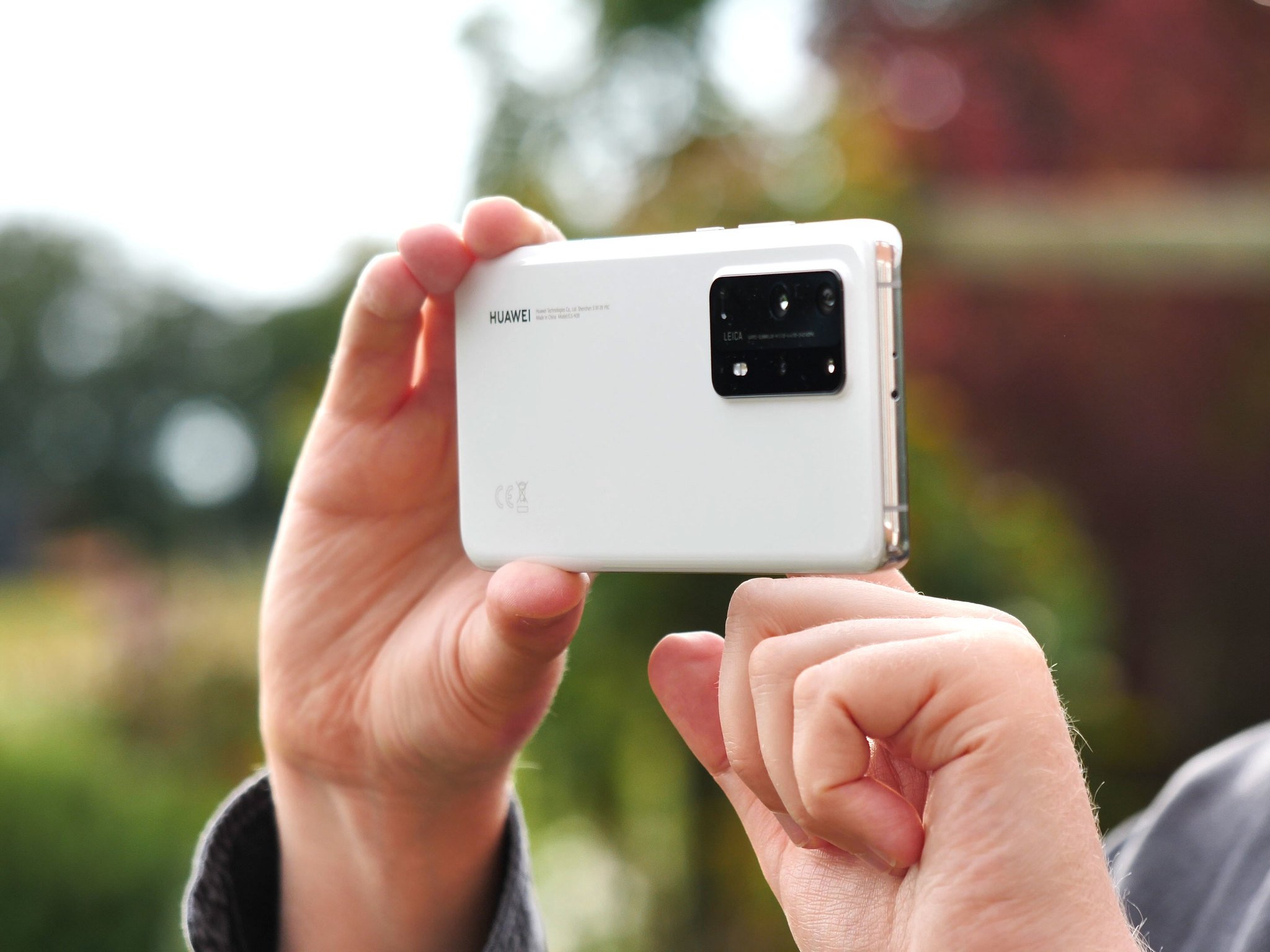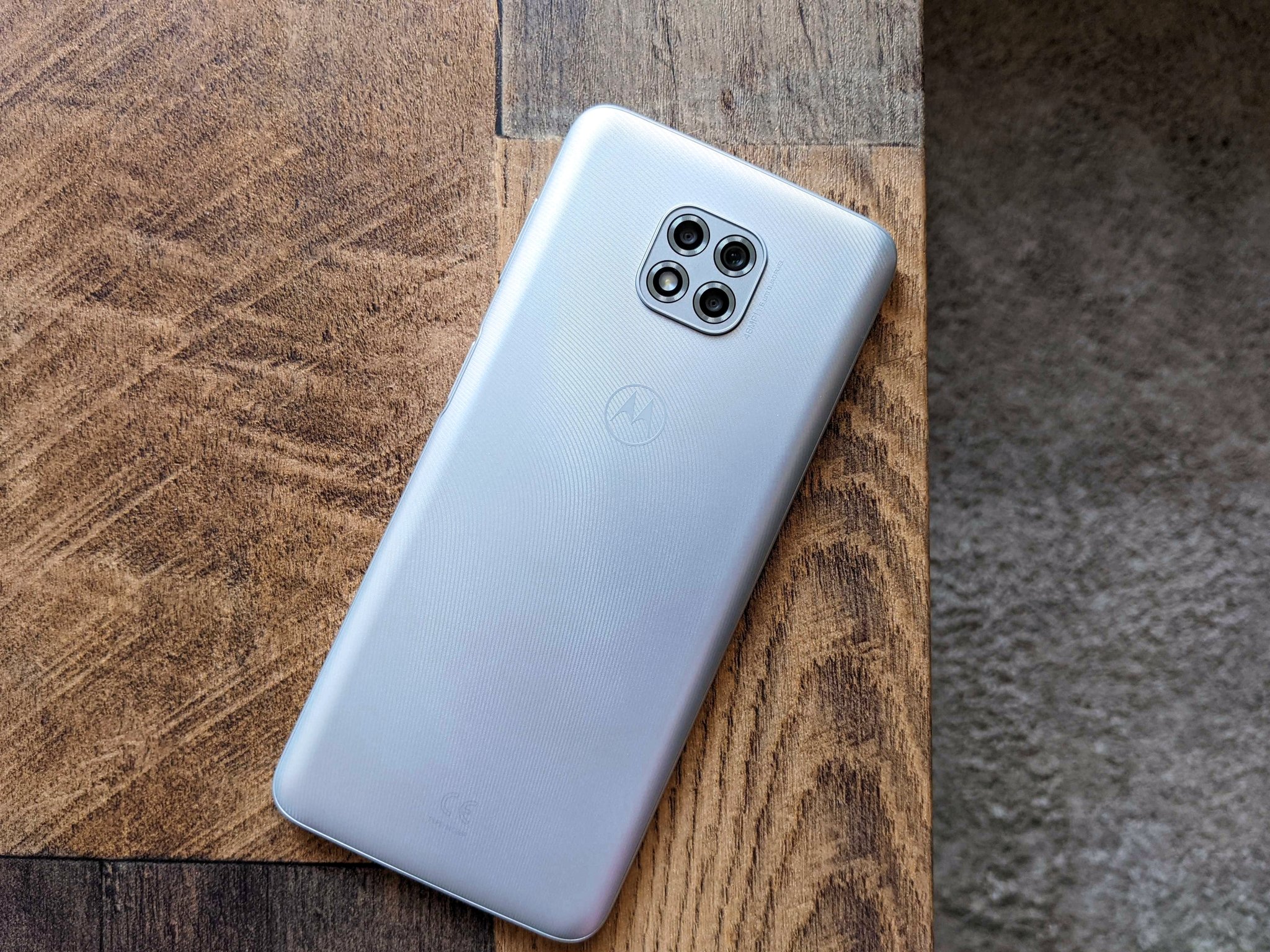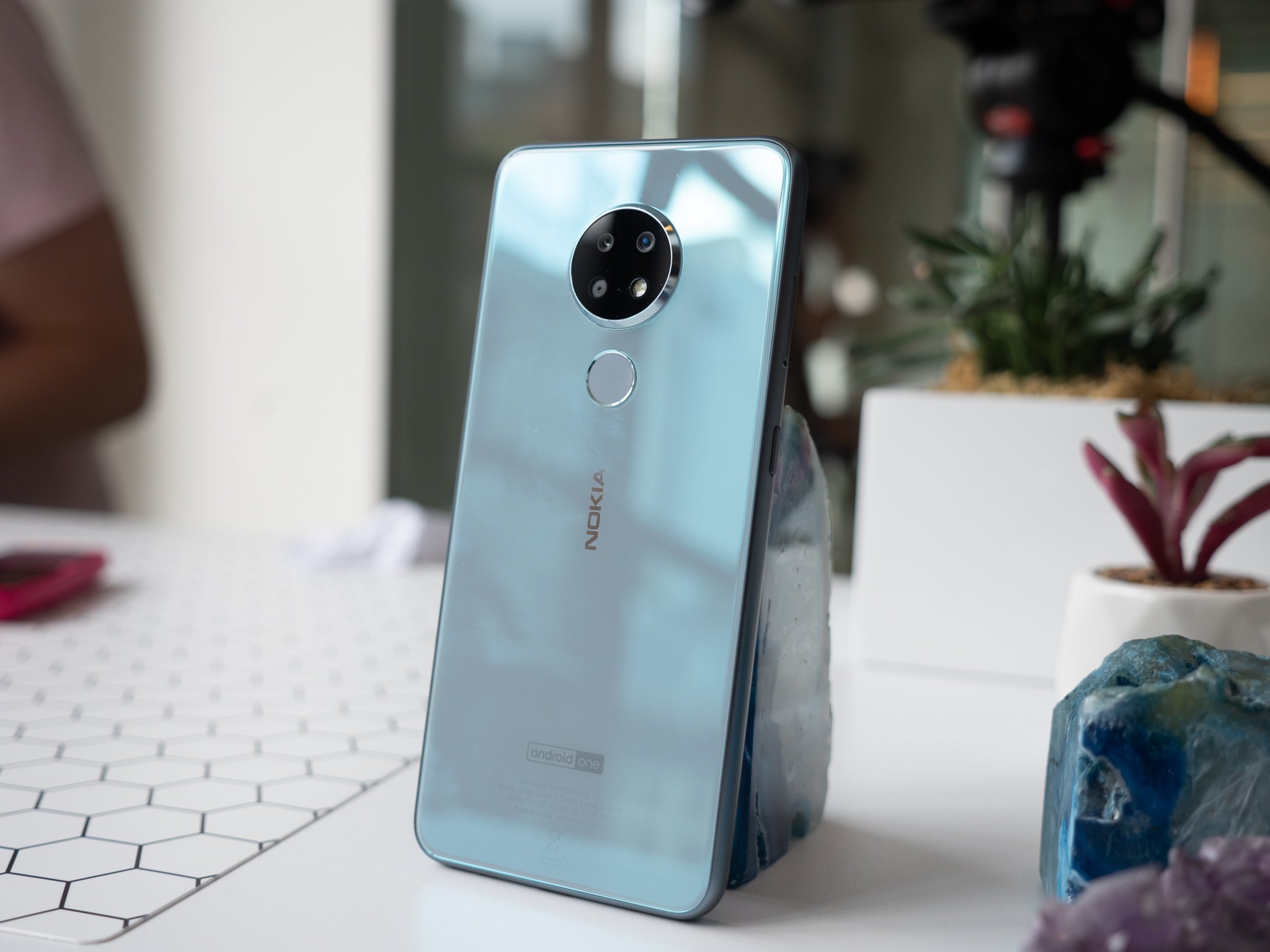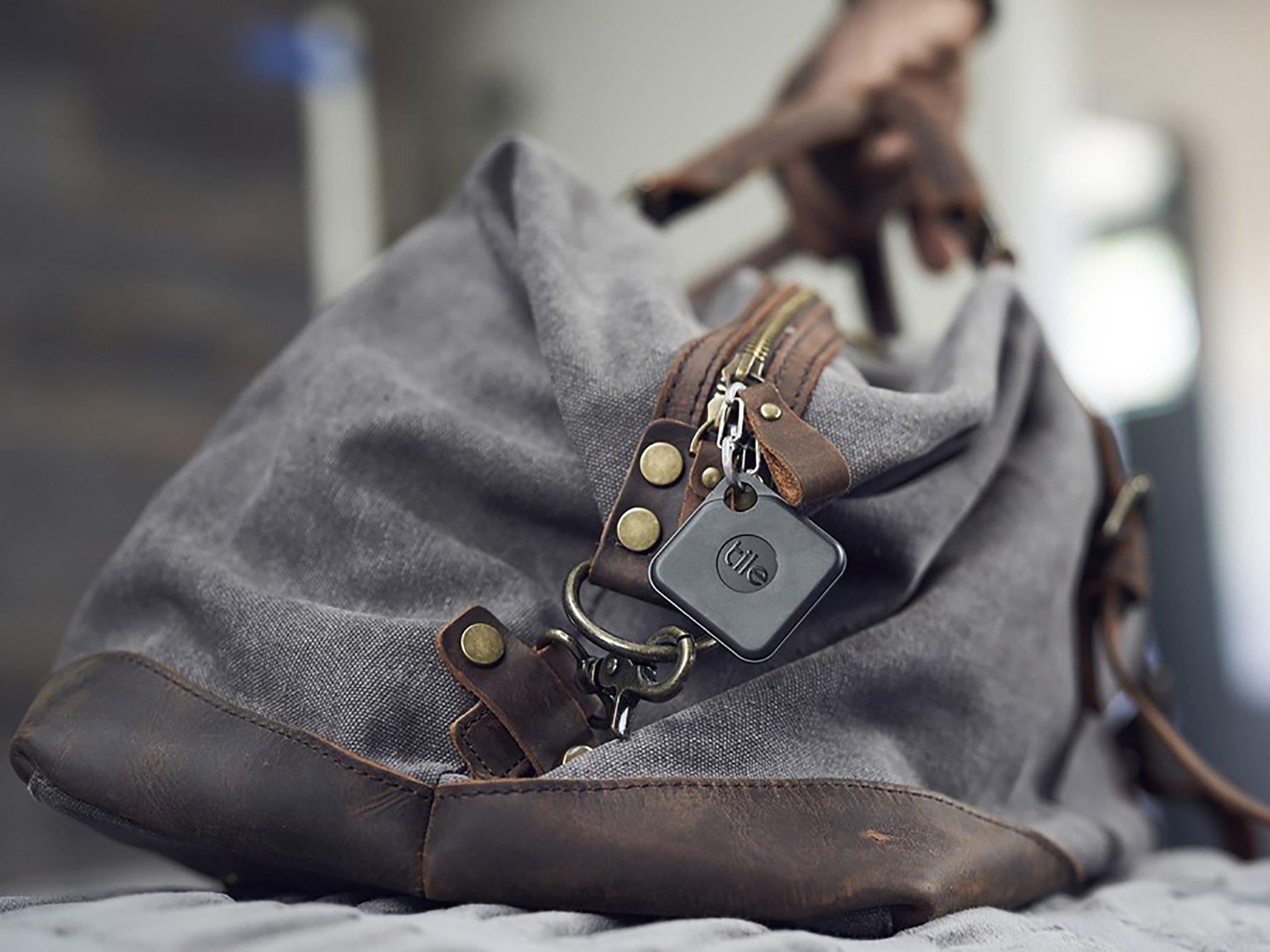
Never worry about losing your keys again after you grab one of our picks for the best Bluetooth trackers! Simply pair one of these Bluetooth trackers with your phone and attach it to your keys or valuables. When you lose an item, you're only an app away from quickly finding it again. Tile continues to dominate this market though it faces competition from new players all the time. Even so, our favorite Bluetooth tracker is still the Tile Pro. And the newer version, introduced in late 2019, offers an unbeatable range, the loudest alert, and a one-year replaceable battery.
Best Overall: Tile Pro

One of the most critical factors to consider when choosing a Bluetooth tracker is range. This determines the distance a tracker can be found through your smartphone app. Most people shopping for a tracker are going to look for the largest range possible. While many options on the market clock in around 100-200 feet, the new Tile Pro beats those numbers by a long shot. It's also smooth and sleek now as opposed to the textured surface of the previous edition.
You'll get an amazing 400-foot range, which is just one of the reasons it's the best overall choice. It also promises the loudest ring, a replaceable one-year battery, and compatibility with Amazon Alexa and Google Assistant. Both iPhone and Android users can enjoy the Tile Pro with the corresponding Tile app. You'll also have access to the biggest lost-and-found community, which means anyone using the app that's within range of your lost item can update its location for you.
With the Tile Pro, you also have the option of upgrading to a two-pack or a four-pack. It's important to note that the Tile Pro isn't as rugged as we'd like it to be. Tile says the new Pro is water-resistant, which means you'll have limited protection from dust and water. You'll want to avoid anything more than a light splash on this tracker.
Pros:
- 400-foot range
- Replaceable battery
- Loudest Tile option
Cons:
- Expensive
- Not very rugged
Best Overall
Tile Pro
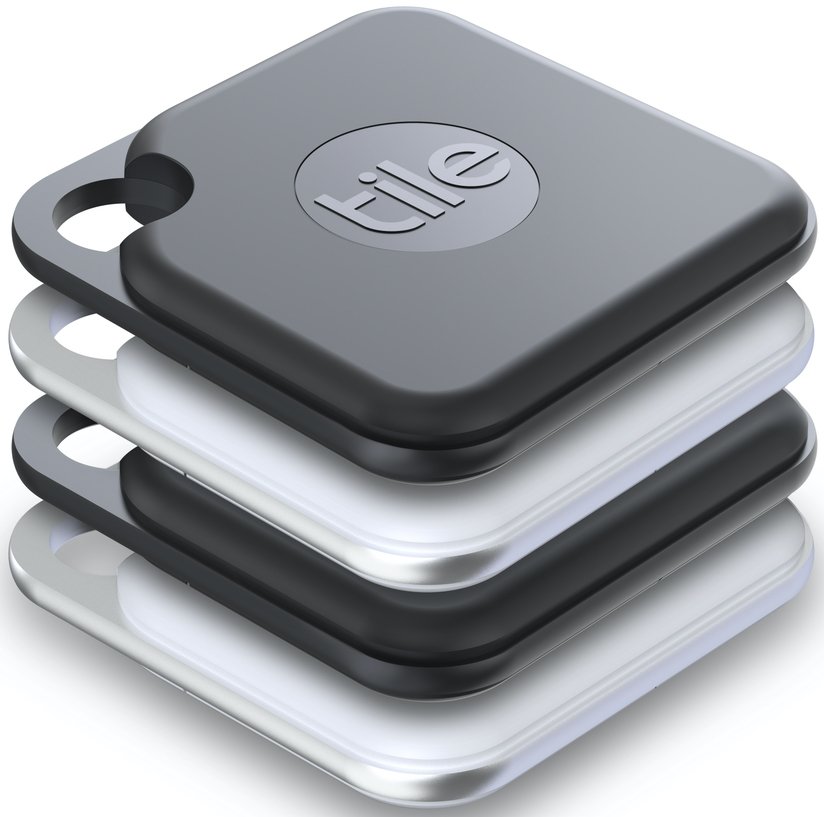
Widest range, loudest volume
With an expansive 400-foot range and the loudest volume that Tile offers, the new Tile Pro is a great pick for most.
Best Value: Tile Mate

The Tile Mate offers a nice blend of helpful features and portability. It comes with the added convenience of a replaceable battery that's guaranteed to last a year. It's a bit bulkier than some of the other trackers, but the Tile Mate is still compact enough that it can fit comfortably in most wallets and purses. It also comes with a keyhole, which is great for attaching to your keys, luggage, backpacks, and so on.
You still get an improved range of 200 feet with the new Tile Mate. It's also the second loudest option offered by Tile. When you combine these features, you can feel confident that you'll be able to locate your Tile Mate without a problem. This tracker also gives you handy access to the Tile lost-and-found community, which is always good to have. Like the Tile Pro, it's also rated for minimal water resistance.
You may be compromising slightly when it comes to the range and the volume, but it isn't a bad trade-off for the low price tag. Not to mention, you can also pick a four-pack, which is an even better value if you're looking to stock up on Bluetooth trackers.
Pros:
- Affordable option
- Small and compact
- Replaceable battery
Cons:
- Not waterproof
- Not as loud
Best Value
Tile Mate (2016)
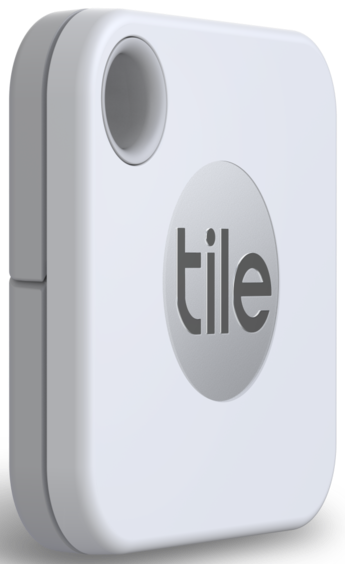
Compact and affordable
With its compact design, the Tile Mate is easy to carry around at all times. Its price tag isn't half bad either.
Most Colorful: Chipolo One

This colorful Bluetooth tracker is shaped like a circle rather than a rectangle or square, so it stands out from the rest. It's still relatively slim and won't be too bulky to carry around with your items. You can also use your tracker to find your phone. All you have to do is double press it, which will make your phone ring even if it's on silent.
With Chipolo's Web service, you can see each tracker's location and your phone or tablet from any web browser. If you've lost track of an item, you can access the community search to mark it as lost. The Chipolo One is IPX5 rated as well, so it can withstand some of the elements.
Unlike previous versions, you can replace the battery (which should last up to two years). It's worth noting that Chipolo has fewer users than Tile, so the crowd-finding system with community searching isn't as reliable as the more popular Tile app.
Pros:
- Available in six vibrant colors
- Two-year battery life
- Loud 100-decibel alert
Cons:
- Community search not reliable
- Looks a bit cheap
Most Colorful
Chipolo One

Colorful and loud
The colorful Chipolo Plus is one of the loudest trackers out there and offers a 200-foot range.
Best Rechargeable: Cube Shadow
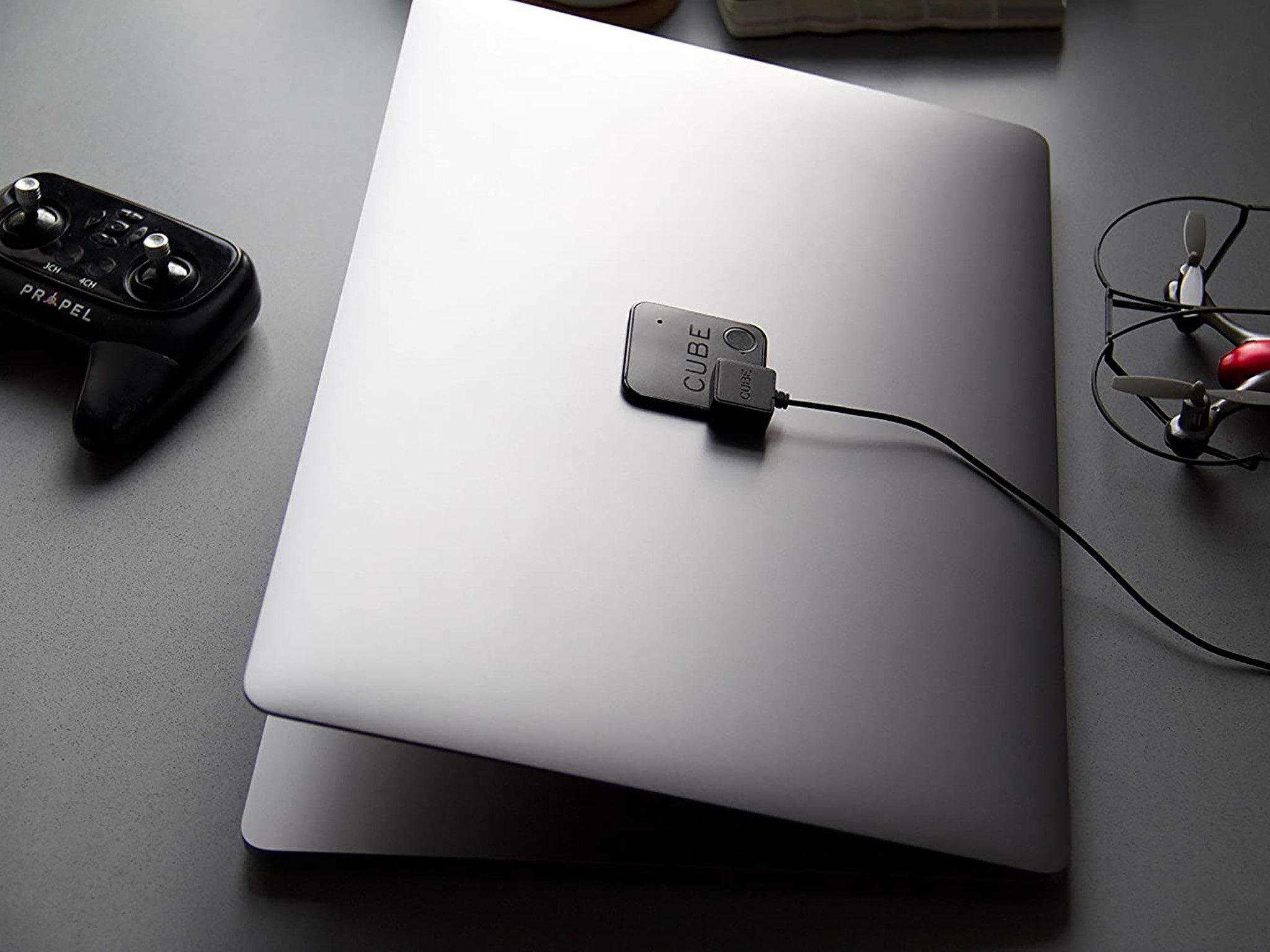
If you've been searching all over for a Bluetooth tracker that you can recharge instead of having to replace the battery, look no further than the Cube Shadow. What's more, a single charge can last two months, and the USB charger is included with your purchase.
In addition to being able to reuse and recharge your tracker, the Cube Shadow also promises a generous 200-foot range, 100-decibel siren, and an IP67 rating. This means your tracker can be immersed in water up to one meter for up to thirty minutes without sustaining damage. The button on the tracker will ring your phone when you can't find it. You can also use this button to take pictures or videos with your phone's camera.
This Bluetooth tracker might be a bit pricey compared to others. You also only get one tracker in the package, but it's more than worth it for all the features it offers. It lacks a keyhole as well, so it's not ideal if you were hoping to loop it onto your key ring. Although, it does come with adhesive that lets you stick your Cube Shadow to items.
Pros:
- Rechargeable battery
- Ultra-thin at just 2mm
- 200-foot range
Cons:
- Lacks keyhole
- A bit pricey
Best Rechargeable
Cube Shadow
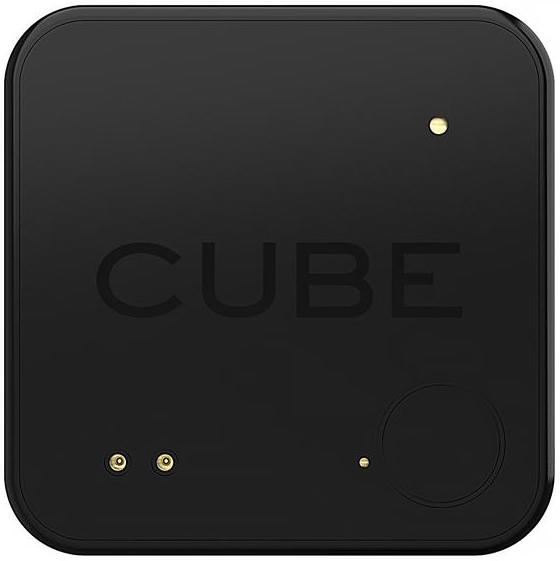
Convenient and rechargeable
The amazingly thin Cube Shadow has a rechargeable battery, so you can keep reusing it.
Most Versatile: Nut3
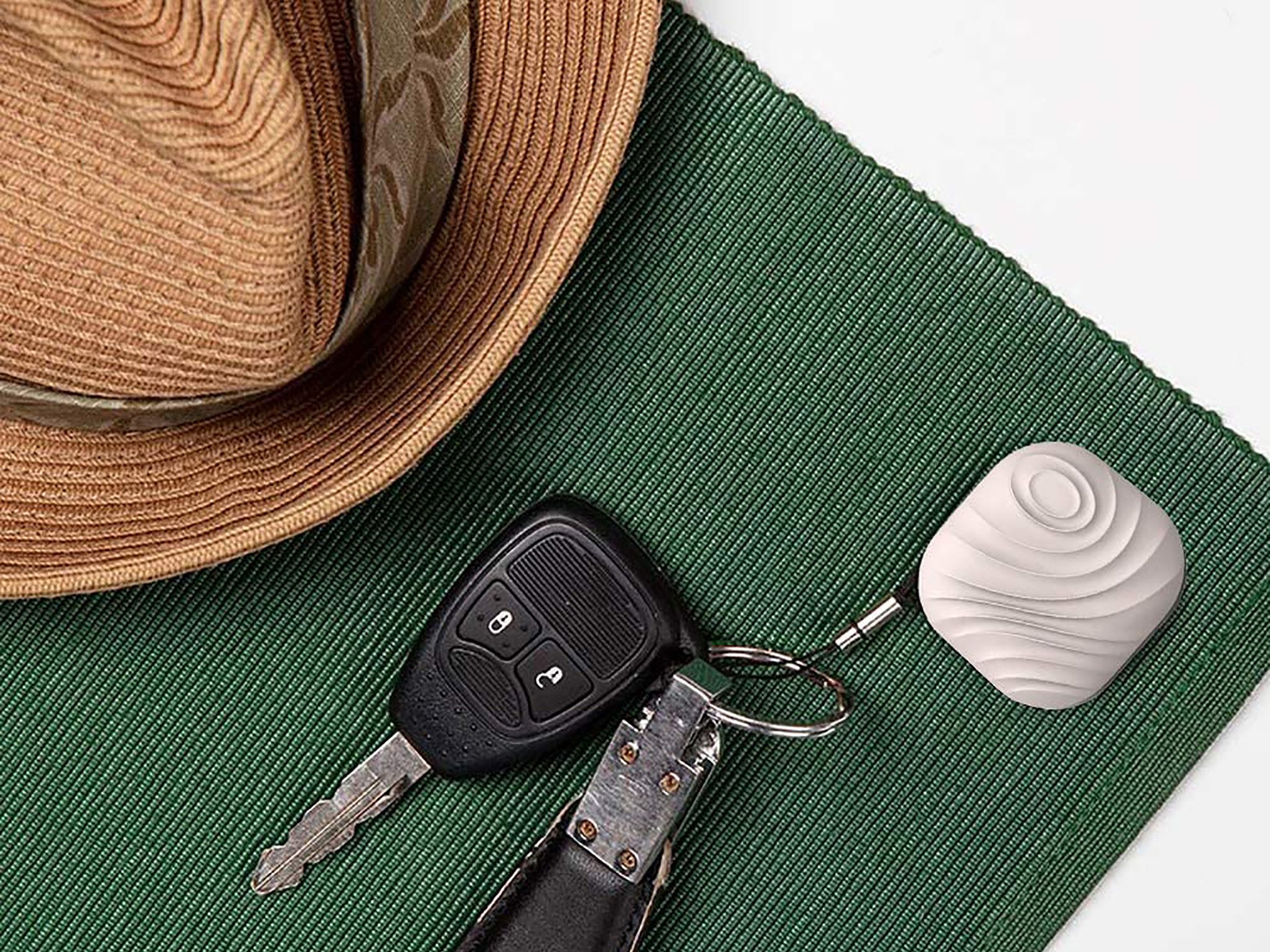
The Nut3 Smart Key Finder is the perfect choice when you need a tracker that can do it all. More specifically, this Bluetooth tracker offers six different functions: One Touch Find, Find Your Phone, Smart Anti-Loss, Left Phone Alert, Lost and Found Network, and Group Control. Lost track of your phone? Simply press the button on your Nut 3 to ring your phone.
Many of these features are self-explanatory, but a few interesting ones are worth elaborating on, such as the Smart Anti-Loss feature that alerts you if you leave your wallet behind somewhere. Group Control allows your family to track your Nut3, too. If you leave your phone behind when you're outdoors, an alert will sound to inform you.
While the Nut 3 claims to offer a 150-foot range, this has exceptions. For example, when using it outside, you can expect a range of 30 to 50 meters. However, when it comes to indoor use where walls are present, the range is around 10 to 30 meters. With all of the functions the Nut3 offers, you can expect to receive many notifications to go with it, which might be annoying for some users. You have the option of a 4-pack, 2-pack, or 1-pack.
Pros:
- Offers various functions
- Stylish, thin tracker with a unique design
- The replaceable battery can last a year
Cons:
- The range could be better
- Notification overload
Most Versatile
Nut3
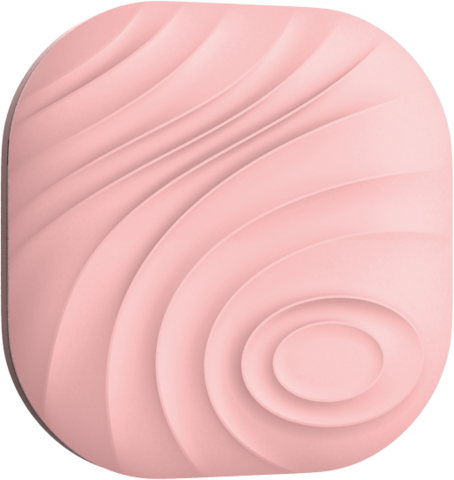
Do it all
The Nut3 tracker not only comes with a replaceable battery but also gives you access to six functions in one device.
Best for Wallets: Tile Slim
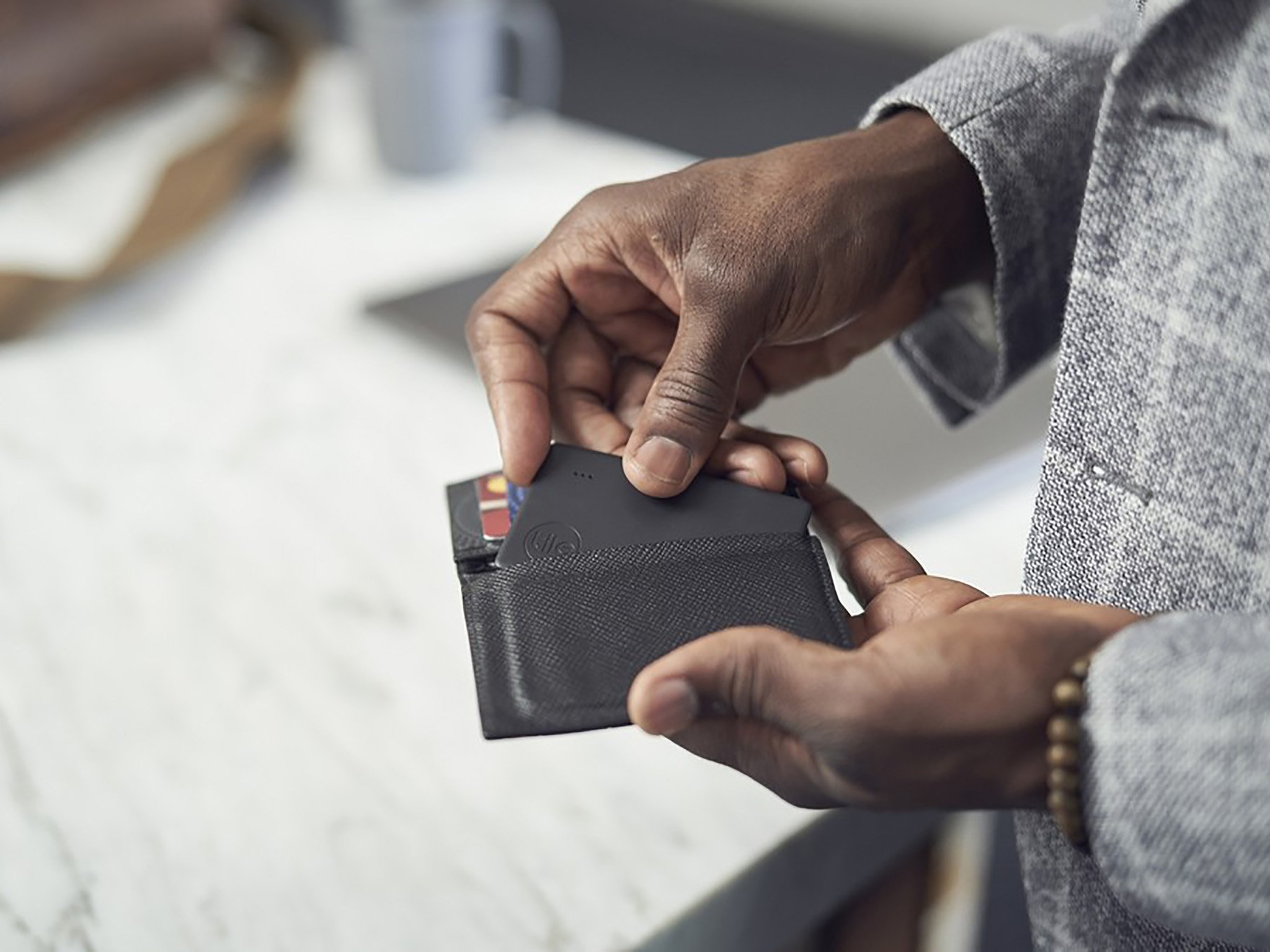
If you're already a fan of the Tile ecosystem and you're looking for the thinnest option, you'll love the new Tile Slim. This tracker received the most changes in this latest iteration. It now resembles a credit card's size and shape, so it's ideal for when you need a tracker that can fit in tight spaces. This makes it the perfect tracker for keeping tabs on your wallet as it'll fit right into a credit card slot. The range has also been increased to 200 feet.
Some pretty neat features come with this ultra-slim tracker, including community finding, Alexa and Google Assistant compatibility, and the option to ring your phone by pressing a button on the Tile. Whether you're keeping track of your wallet, purse, or passport, this is the ideal Bluetooth tracker for the job. Did we mention it's waterproof and comes with a built-in battery that lasts three years?
You might sacrifice some range with this Tile tracker, but it's a worthy contender for those who want a slim wallet tracker that offers plenty of features. The Tile Slim does not come with a replaceable battery, but you can participate in the discount reTile program when the time comes for a new one.
Pros:
- Thinnest tracker from Tile
- Works with Alexa
- Waterproof
Cons:
- Non-replaceable battery
- Not the loudest option
Best for Wallets
Tile Slim
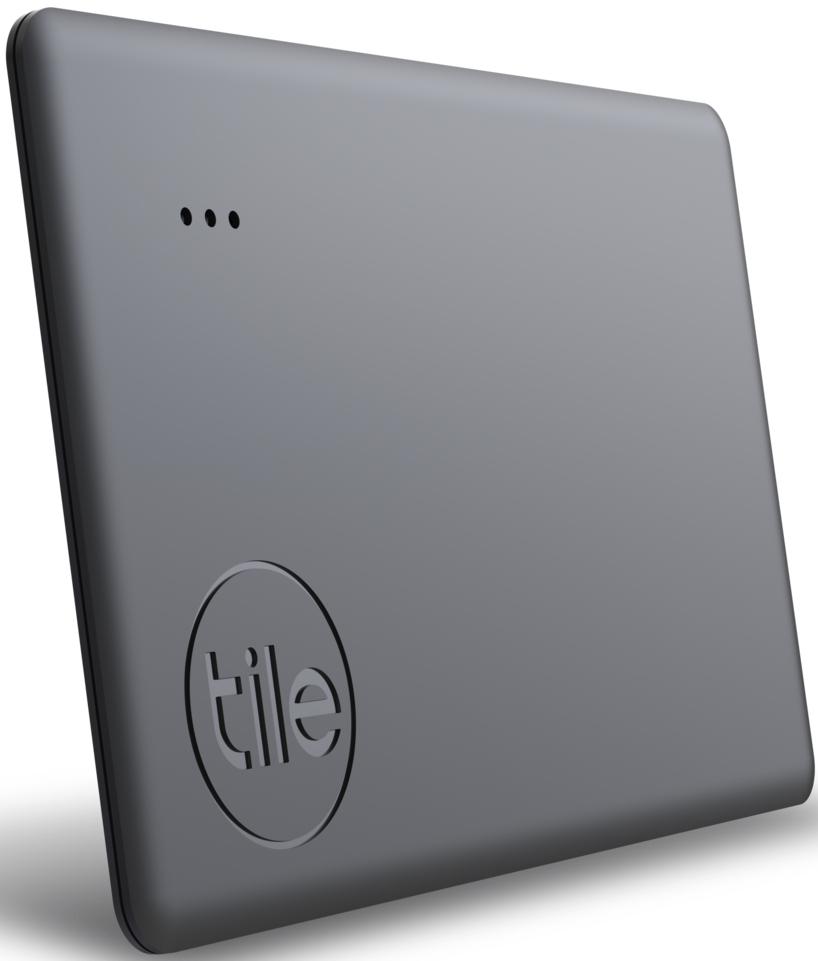
Slimmest of them all
The Tile Slim is an ideal pick for tracking wallets and purses with a range of 200 feet.
Best for Household Items: Tile Sticker
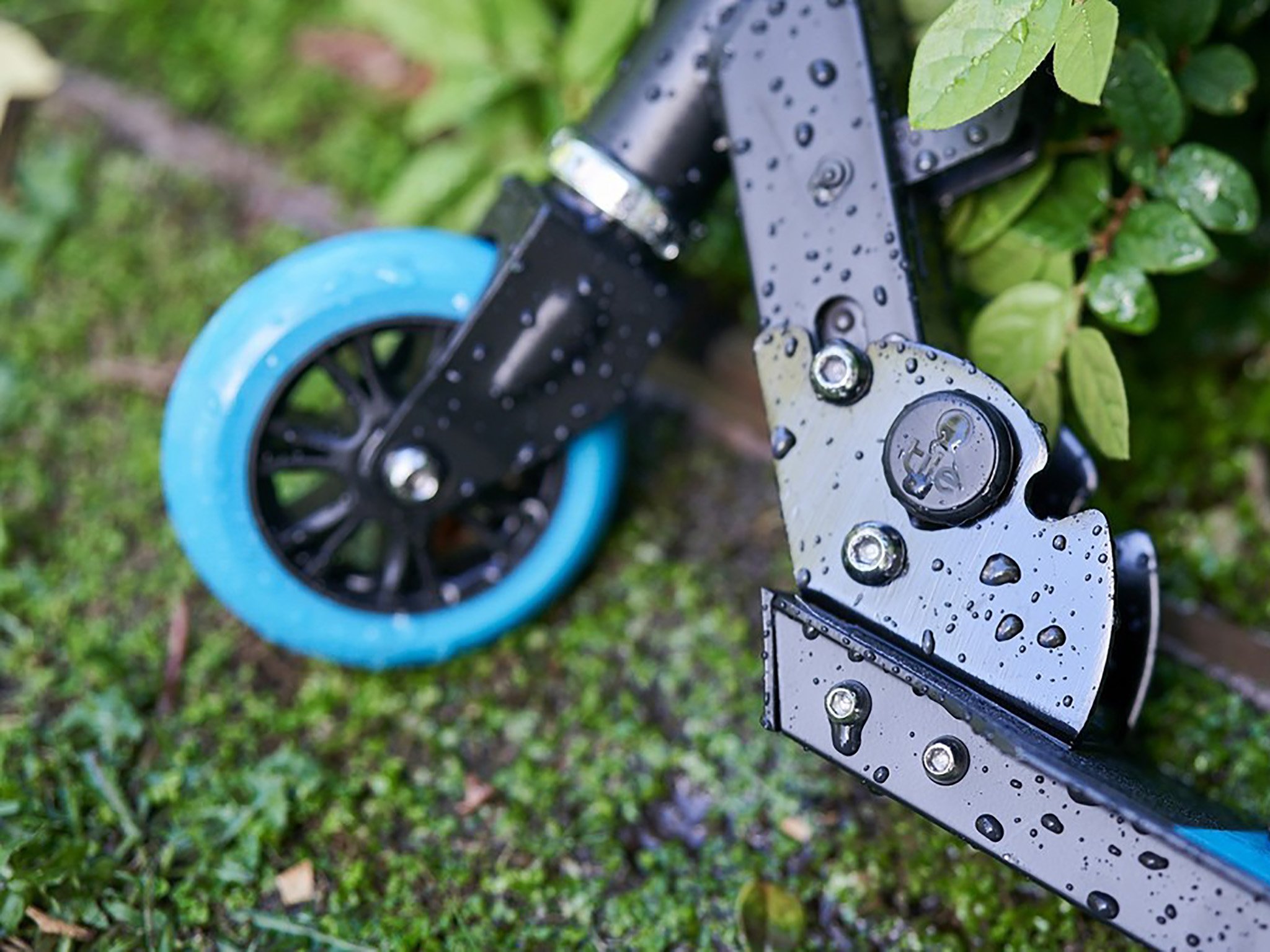
To round out its lineup, Tile has the Sticker. This Bluetooth tracker is as tiny as ever, which is perfect for household items. Some of the other trackers are a bit more restrictive in how you can use them, either by their shape or a key ring. With the Sticker, you can literally stick it onto anything you want to track as long as it has a dry surface. Whether that's a remote, cellphone, laptop, wallet, or passport, the Tile Sticker can track it.
At just 150 feet, this is the shortest range offered by any of the new Tile trackers. Therefore, it might be best to use the Sticker on household items that only get misplaced in the confines of your home. Of course, you'll still have access to the lost-and-found community if you want to take a chance putting it on more valuable items that leave the house. It also has a button on it that allows you to find your phone.
At this small size, you won't get a replaceable battery. However, you do get a built-in battery that should last up to three years. Not surprisingly, that's the same amount of time the adhesive developed by 3M is supposed to last. If you need to remove the Sticker for some reason, it may take a bit of effort, but it will eventually come off.
Pros:
- Small and discreet
- Works with Alexa and Google Assistant
- Waterproof
Cons:
- Non-replaceable battery
- Lowest volume Tile tracker
- Might be tough to remove
Best for Household Items
Tile Sticker
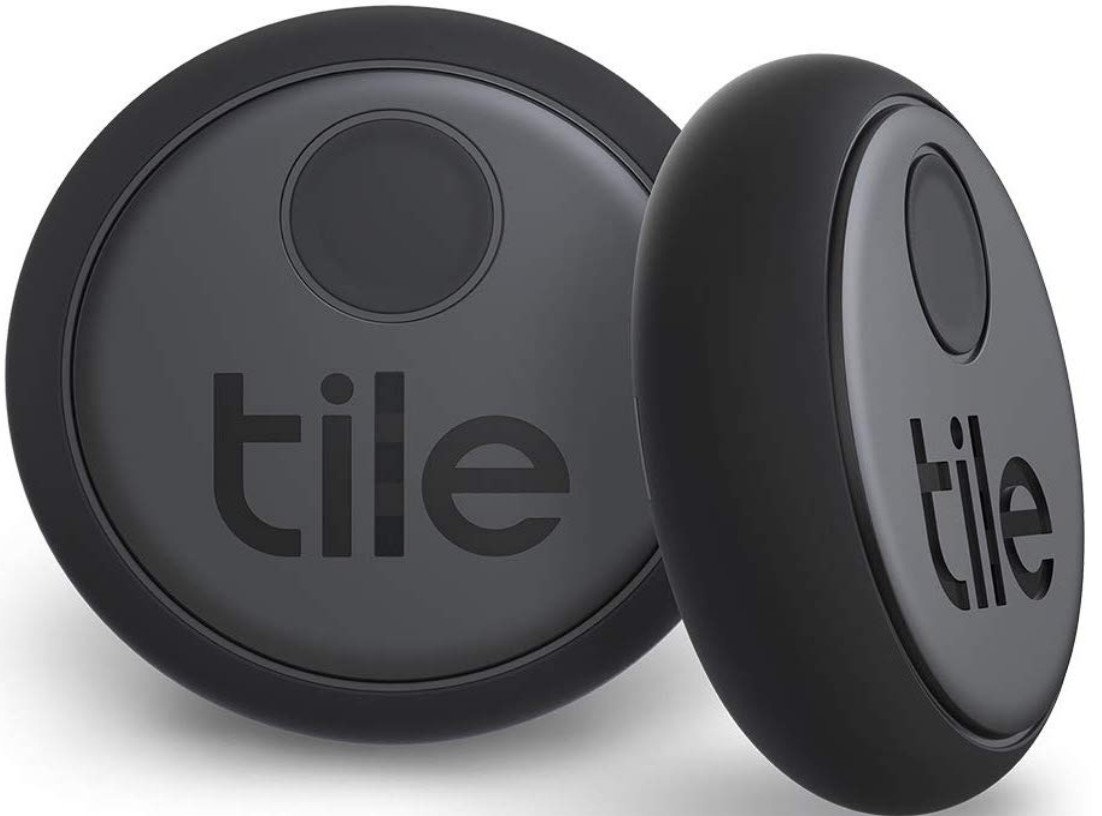
Multiple uses
The Tile Sticker is the best choice when you're looking to track all types of items.
Best for Apple Users: Apple AirTag
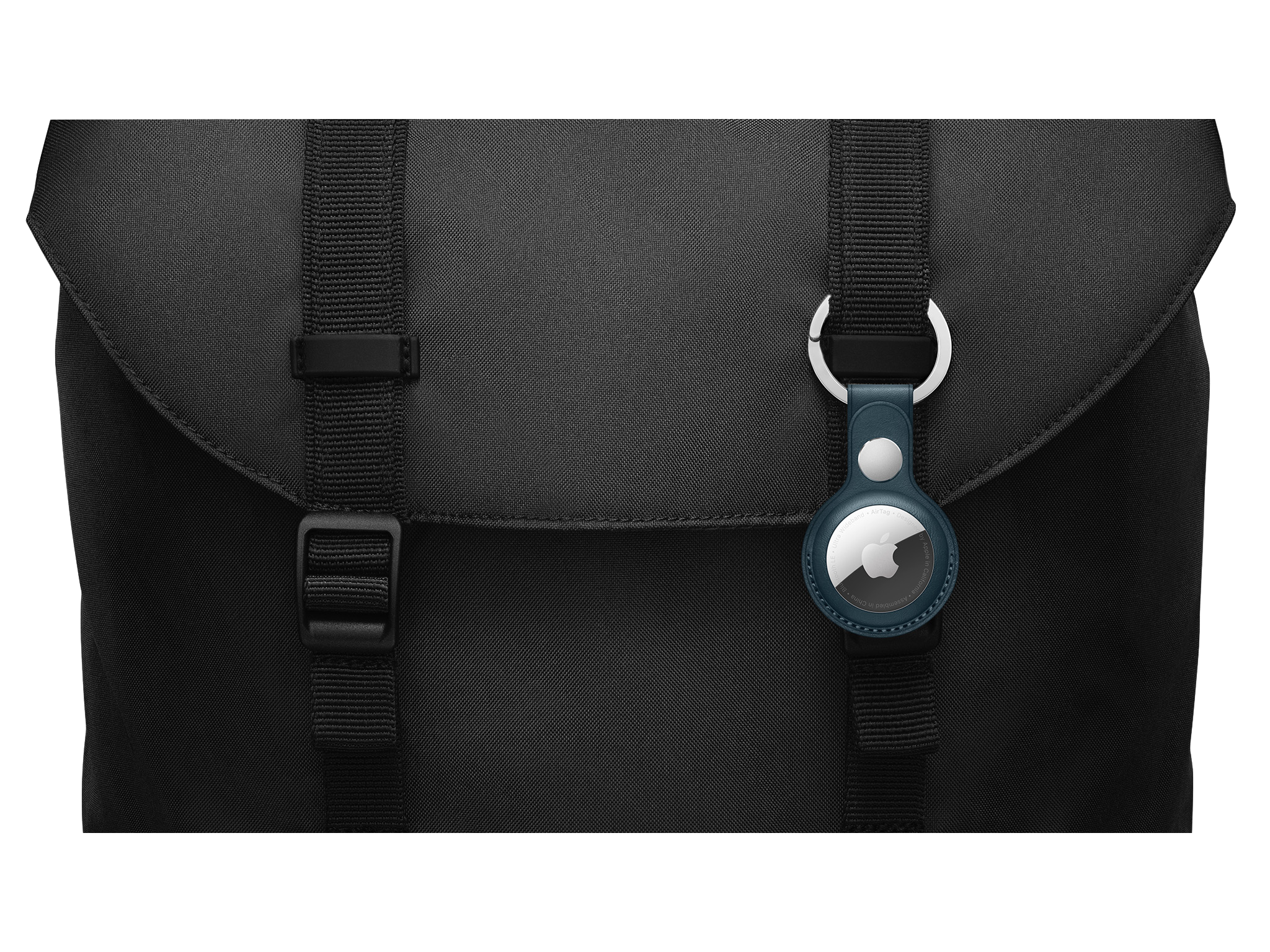
Apple has officially joined the Bluetooth tracker market with its AirTag, which is exclusively for iOS device owners, working with the existing Find Me ecosystem and app. The round, stainless-steel trackers are water and dust resistant and will ring when you need to find whatever item they're attached to, be it keys, a gym bag, or wallet. (Note: You'll have to buy a separate loop or key ring accessory to clip it to keys or a purse strap, for example.) Siri can also be summoned to help you find a valuable item you have misplaced.
If you're within Bluetooth range, the AirTag will ring. If not, it will use the Apple Find My network to pinpoint its location. If someone finds your belonging, they can even tap it using any NFC-enabled device and be directed to a website with your phone number (if you provided it) so they can call and let you know you left your office keys at the local pub or your wallet at the grocery store checkout.
With a replaceable battery and simple pairing with an Apple device, it's a solid choice for those who live within the Apple ecosystem. However, they won't work with Android devices, though Android device owners can return a lost AirTag to its rightful owner by logging into the website to get their number using an NFC-enabled non-Apple device.
Pros:
- Seamless connection to Apple devices
- Leverages Apple's massive Find My network
- Finders can contact you about a lost item
- Small and easily hidden away
- Replaceable battery
Cons:
- Does not work with Android
- Expensive
- Need to buy key ring or loop separately
Best for Apple Users
Apple AirTag
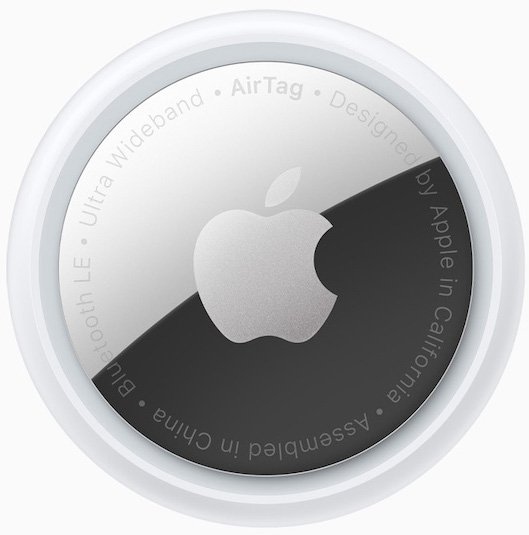
Apple's best friend
If you own an Apple iPhone or other iOS device, the new Apple AirTag is the no-brainer alternative to the Tile.
Bottom line
Just as a good password manager can protect your digital assets, a good Bluetooth tracker can help you stay on top of your physical assets. Any of the Bluetooth trackers on this list will serve you well.
Despite lots of competition and variations from the brand itself, we're still calling the Tile Pro our favorite thanks to its incredible range of 400 feet, extremely loud alert, and replaceable battery that lasts for one year. If range is the most important factor in a tracker, you really can't go wrong with this pick. No other device comes close to what the Tile Pro offers in terms of range.
There are plenty of trackers to choose from that will keep close tabs on your personal belongings. Whether you tend to leave your wallet behind or are known for misplacing your keys, these are some of the best trackers that get the job done.
Credits — The team that worked on this guide

Courtney Lynch is a freelance writer at Android Central. She's obsessed with all things health, fitness, and music. At any given time, she can be found checking out the latest and greatest gadgets while simultaneously petting her dog and sipping iced coffee.
